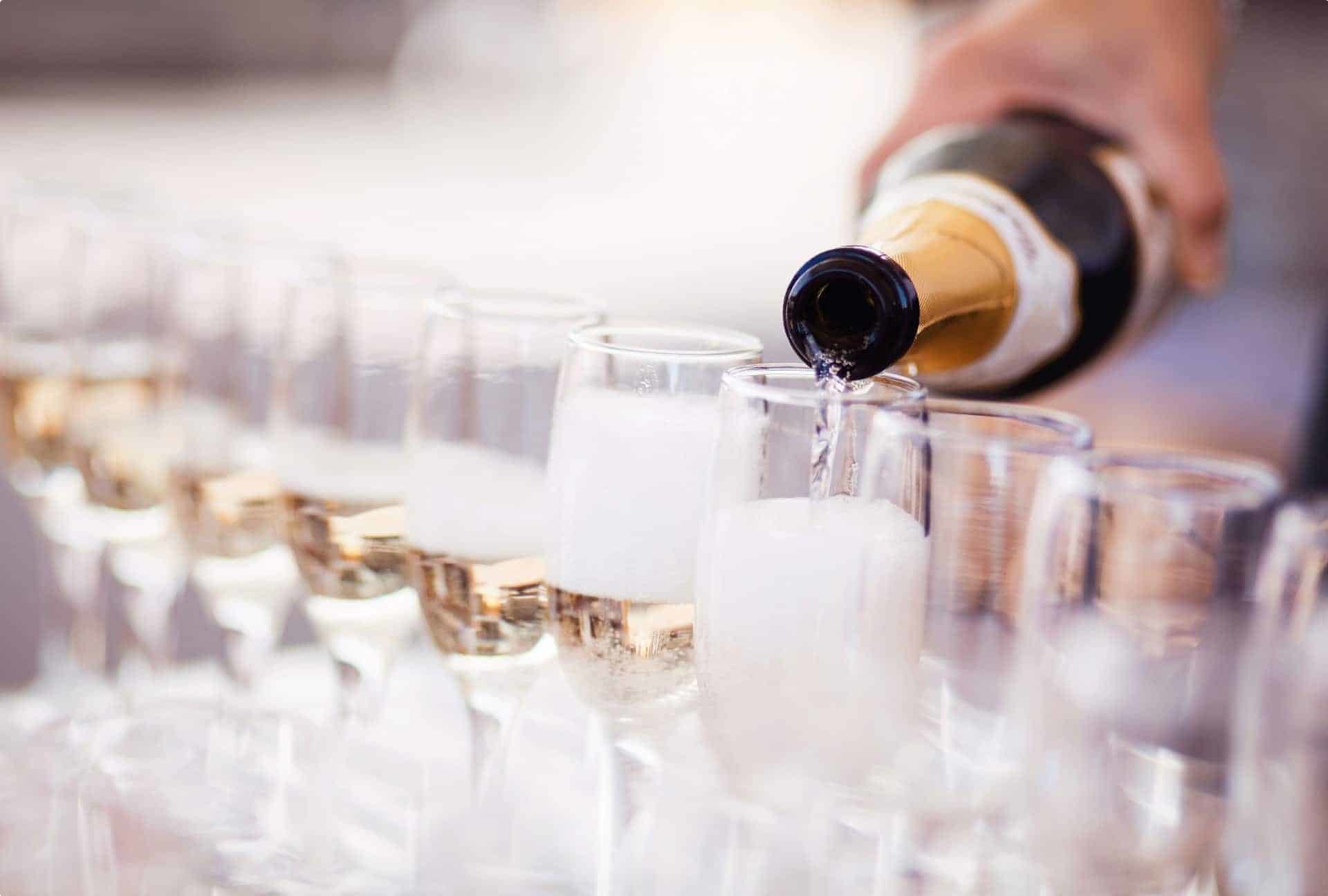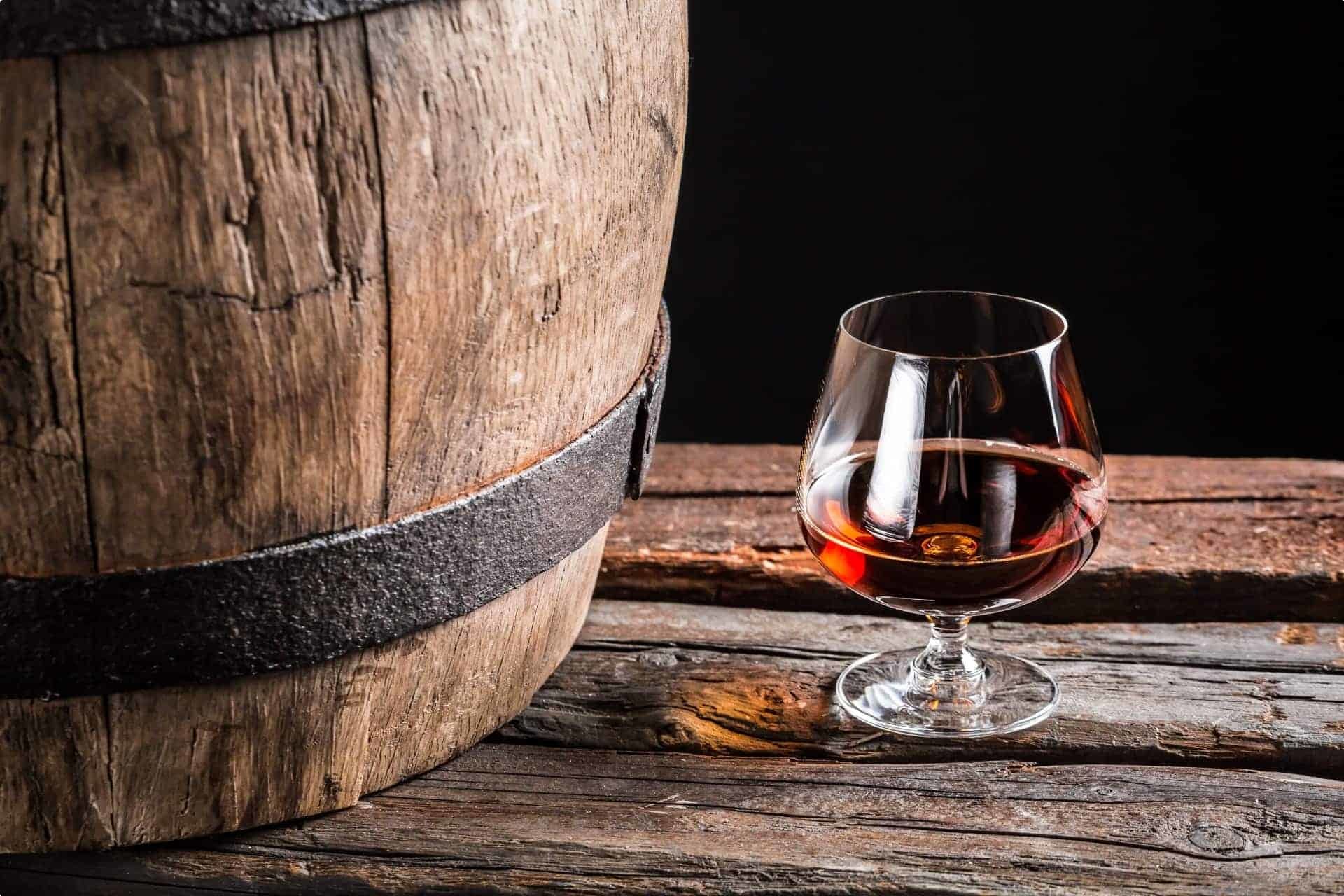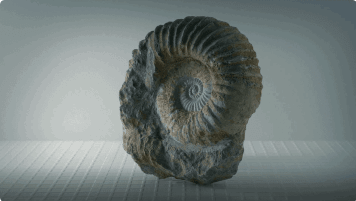Tours of France. Guided tours of France for mature travellers
The Best Guided Tours of France Odyssey Traveller Australia’s all inclusive French vacation packages provide unique experiences for senior travellers. Our La Belle France small group escorted history tours for seniors is perfect for singles…
28 Aug 17 · 32 mins read
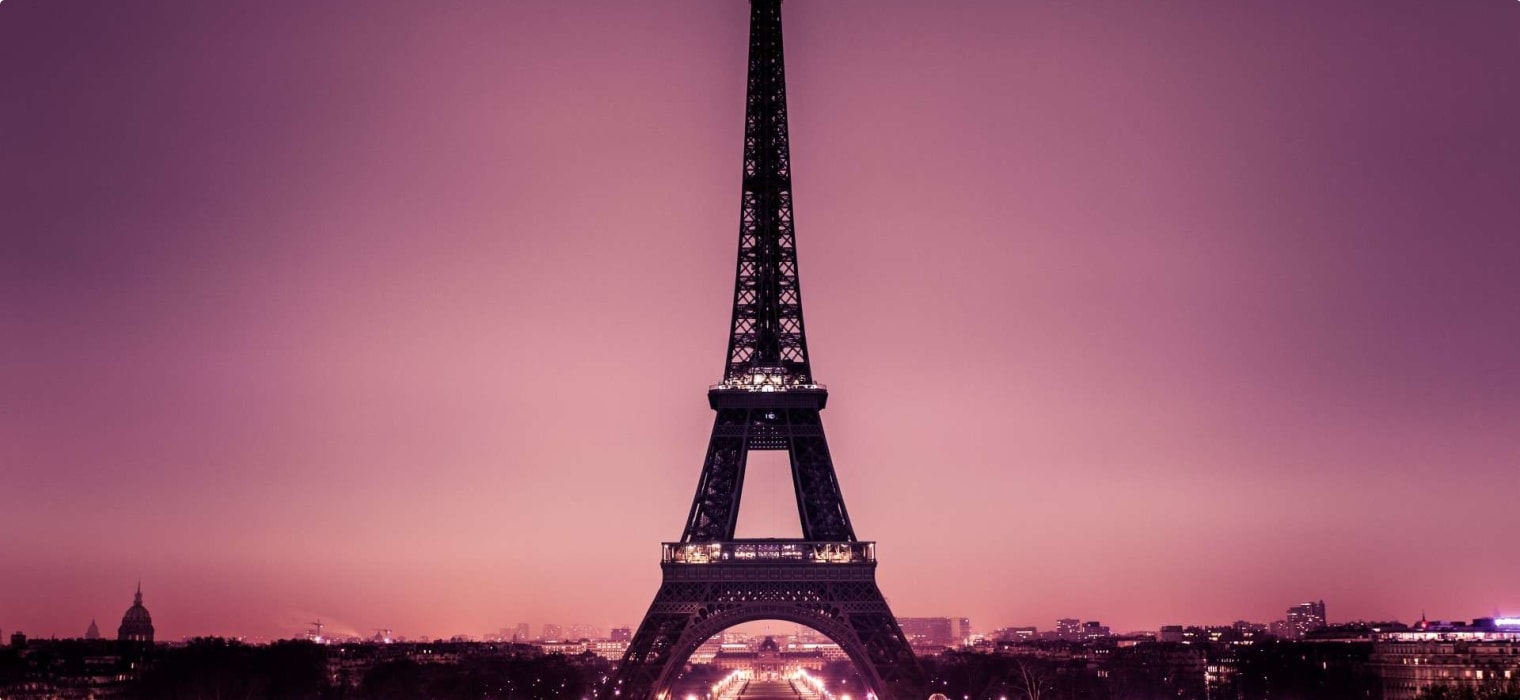
The Best Guided Tours of France
Odyssey Traveller Australia's all inclusive French vacation packages provide unique experiences for senior travellers. Our La Belle France small group escorted history tours for seniors is perfect for singles and couples seeking a trip to France that takes you off the beaten track. Learn about the country's history from an experienced guide. Book your France tour with the specialists in educational travel. If you’re keen to experience our guided tours of France, please call or send an email. So if you are seeking small group tours, France would be a great place to experience on a Odyssey Traveller guided tour for seniors. We'd love to hear from you! For all Odyssey's French tour packages click here.
Escorted tours of France
La Belle France is one of our most popular tours, not least because of its extensive exploration of the wine regions of the countryside. But it is also due to the enjoyable discoveries of both the people and their history, on our daily guided walks around so many picture-perfect towns and villages. The program for our small group tour in France includes some of the most fascinating parts of the country.
La Belle France
It has been said that ‘no other nation on the planet approaches France in its subtle and seamless blend of the old and the new; the industrial and the pastoral’. On our guided tour for senior travellers, explore France’s varied scenery and learn about its rich history and culture. We will experience its regional cuisine and wines. For some travellers this is a French wine country tour. At the end of the programme, we hope that travellers will have had a deeply memorable experience, and return home with a better understanding of the people, their heritage and the reasons for their ability to blend the customs and ways of traditional village life with the challenges of one of the world’s more advanced urban economies. And perhaps, a few words of French too!
We hope the following information may be useful and may well stimulate you to search more widely and cultivate particular interests. Odyssey aims to turn tourists into travellers!
So, let’s embark upon a journey of exploration, on La Belle France together!
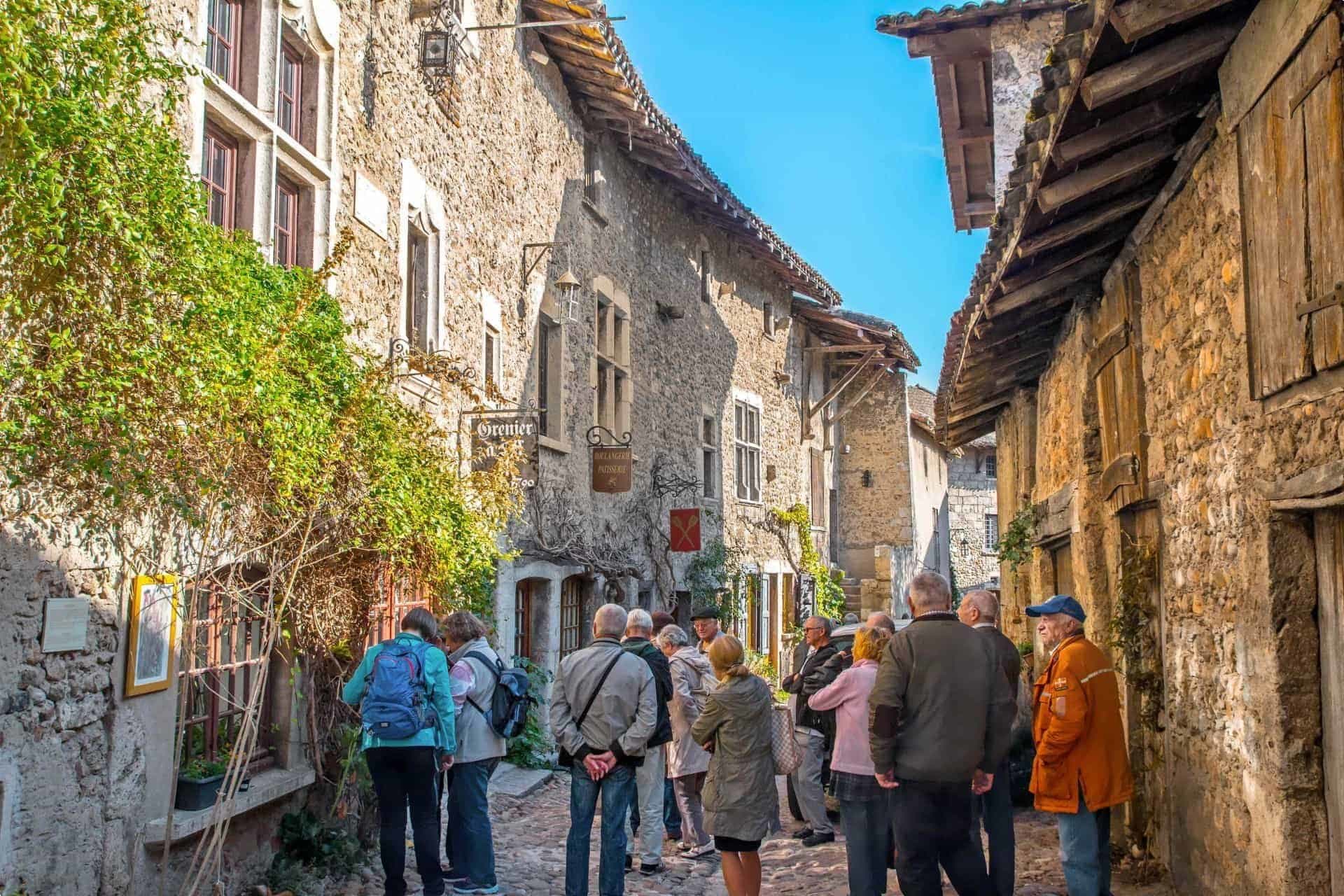
Taking a Trip to France
France is the largest country in Western Europe. It covers an area of 543,965 square kilometres – bigger than Spain or Germany – and has a population of approximately 65 million. It lies on the western edge of the continent of Europe and shares borders with Belgium and Luxembourg to the north; Germany and Switzerland to the east; Italy to the south-east and Spain to the south-west. This geographical position gives France several important advantages. It is the crossroads of the European Union, is fed by the Rhine and the Po River, and the industrial centres of the United Kingdom are accessible via the Channel Tunnel.
Rugged coastline
The scenery of the 5,500 kilometres of coastline is, as you would expect, extremely varied. Along the Channel, in the region of Upper Normandy and Picardy, the coastline is made up of steep, often vertical cliffs. These are cut into by estuaries such as those of the Seine and Somme and are being eroded by the force of the sea. Rocky coasts, which fringe the ancient massifs and the younger mountains, have a more complex history. The sea has gouged them into bays and promontories, sometimes bordered by islets as in La Rochelle and Brittany. Sandy beaches are found along the edges of plains and plateaux in Flanders, Les Landes and the Languedoc. Wetland coastlines, such as the Camargue and Poitevin areas, are often part of nature reserves.
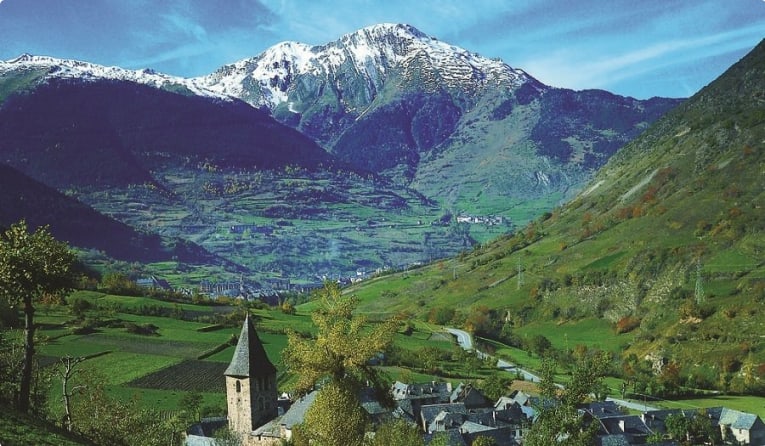
Plains and plateaux
West of a diagonal from Bayonne in the south to Sedan in the north, France is relatively low-lying, with altitudes mostly below 200 metres. The plains and plateaux of the Paris basin and the Aquitaine basin cover most of this area. Although there are no high mountains, the landscapes are strikingly varied. The relief of the south-eastern half of the country is more undulating. There are medium-altitude mountains at the Vosges and the Massif Central. Their steep-sided valleys make access extremely difficult. The Massif Central also contains many extinct volcanoes. France’s high mountains are in the central Alps and Pyrénées. The highest, Mont Blanc, rises to 4,807 metres.
The Climate of France
France is the only European country with Atlantic, Mediterranean and English Channel coastlines. These coastal areas, together with the mountainous areas of the Alps, Massif Central and Pyrénées and the plains of the central area, give rise to four distinct climatic regions which help to give each region its unique character. The northern and western coastal regions are frequently swept by rain driving in from the Atlantic, while the central and eastern areas have a drier, continental climate of hot summers and cold, often snowy, winters. The mountainous areas – Vosges, Jura and Alps in the east and the Pyrénées in the south-west – have long, harsh winters and short rainy summers. The southern areas of the Alps and Pyrénées also experience hot summers. Because of its southern latitude the Midi has extremely hot summers and mild winters as well as the often-legendary Mistral wind which blasts down the Rhône Valley.
A guided tour of France
The country is divided into 13 metropolitan regions, as of 2016. For more information on the regions of France, follow this link. The approximate outlines of modern France were laid down at the Treaty of Verdun in 843. When the great Carolingian Empire of Charlemagne was divided between his three grandsons, Charles the Bald was given the kingdom of West Francia, the basis of modern France. Listed below are some of the country's most beautiful regions and cities.
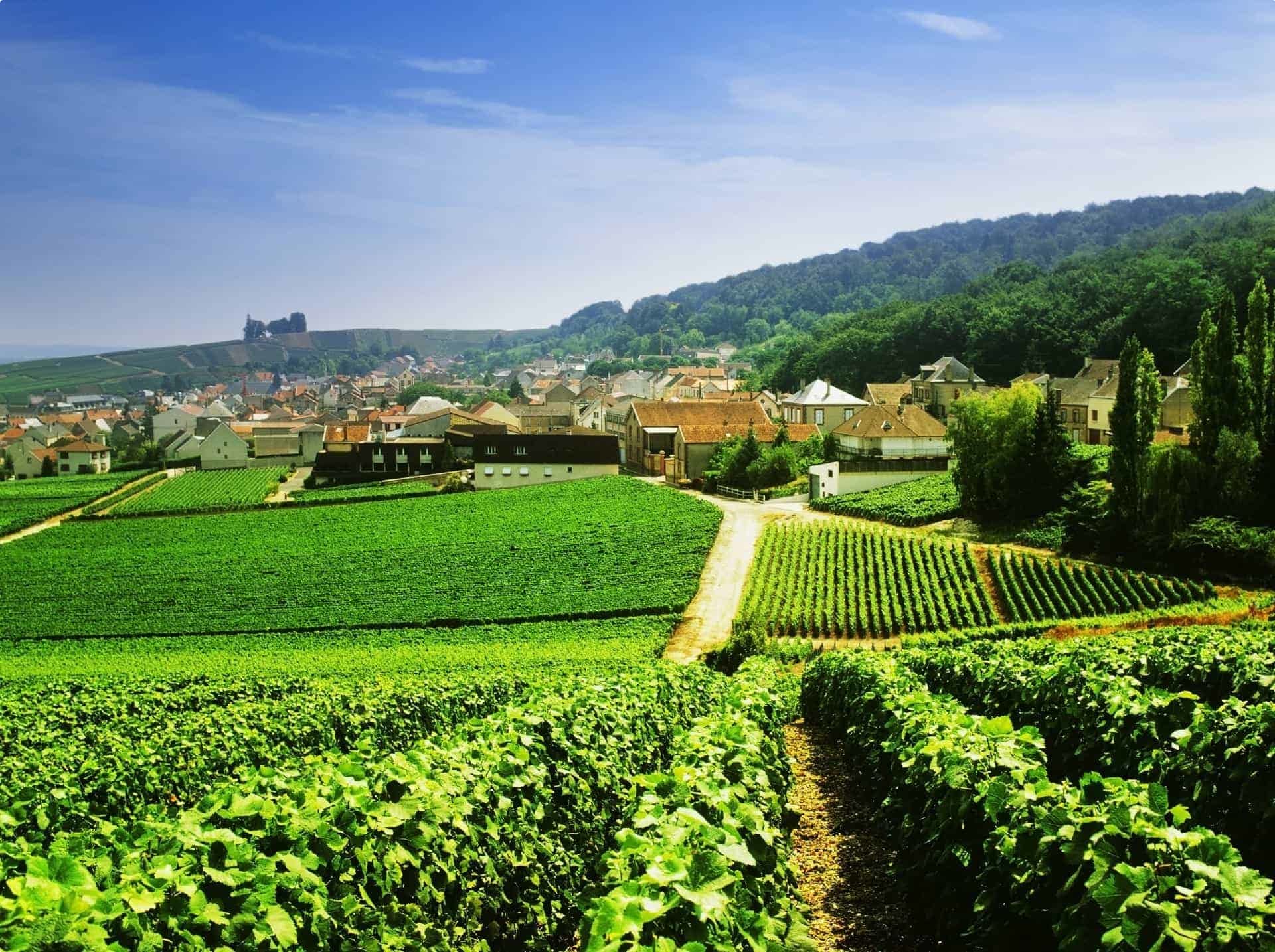
A French wine country tour
Champagne
(Please note that, in French, la Champagne is the region, le champagne the wine!)
Champagne lies to the east of the Île de France. Formerly a singular region, it now makes up the Grand Est region, along with Alsace and Lorraine. Champagnebcomprises three distinct parts, each of which has its own geological structure. In the north-east, the Ardennes Hills, with their beautiful beech and fir forests, shelter an abundance of wildlife. The adjoining region, known as Champagne Humide or ‘Wet Champagne’, with its sandy-clay soil, provides a great region for the rearing of cattle. The western part of the region – which will be our main focus – is known as Champagne Crayeuse or ‘Chalky Champagne’. Here the dry soil consists of permeable chalk, providing excellent drainage. This results in good pasture area for sheep in the rolling plains and perfect conditions for vines to grow on the sunny valley slopes.
The relatively mild winters and good sunshine hours of summer and autumn are most beneficial for the growing of champagne grapes. The long growing season helps the acidity of the grapes – important in the manufacture of sparkling wine.

Le champagne – the wine
The three great wine-growing areas of Champagne are Châlons-sur-Marne, Reims and Épernay. These account for about 80% of the total area of the Champagne vineyards, with approximately 120 champagne houses. The actual area of wine-growing in Champagne extends only over a narrow hilly strip some 150 kilometres long by 2,000 metres wide. Cellars used for the making and storage of champagne are artificial caves, some dating from Roman times, dug out of the local chalk. Often 25 to 30 metres deep, they tend to be bottle-shaped, with a narrow opening at the top and widening out at the bottom. It has been estimated that the total length of these caves is in excess of 200 kilometres. They maintain a constant temperature, ideal for the maturing of fine wines.
The history of wine in Champagne
Wine has been produced in Champagne since Gallo-Roman times. During the Middle Ages, its production was carried out mainly by religious orders whose excellent reputation was spread through Europe by the merchants attending the trade fairs. It became the favourite drink of the European aristocracy in the late 17th century with the invention by Dom Perignon, cellarer of Hautvillers Abbey. He succeeded in achieving natural fermentation of the grapes so that, although the wine effervesced, the clarity of the liquid remained. The 19th century saw the beginnings of the great days of the champagne export trade. Millions of bottles are now shipped all over the world.
The exclusive name
No wine can be called champagne unless it comes from statutorily-defined growing areas with a particular quality of soil. Sparkling wines from other parts of France may only be designated vins mousseux, and then only if they are produced in strict accordance with the champagne method – méthode champagnoise.
Le champagne – a perfect alignment of factors
Champagne owes its particular qualities to a combination of factors: the chalky soil, the particular climate, the appropriate blending of red and white wine grapes, the special pruning of the vines to reduce the number of bunches, the selection of the grapes at the time of vintage and the long period of maturation.
Escorted tours of France
The complicated process of production and the system of classification is explained to Odyssey travellers during our visit to the cellars. And of course, all escorted tours of France must include a taste of the exclusive drop!
Highlights of Champagne
- Avenue de Champagne in Epernay which features leading champagne producers
- The historic city of Reims, the coronation place of the French kings and once more important than Paris (also home to champagne houses including Pommery, Mumm and Taitinger)
- The Cathédrale de Notre Dame in the centre of the city is a masterpiece of Gothic architecture and one of the greatest cathedrals in Europe. Built on the site of the 5th-century church in which Clovis was baptised by Saint Remi, and used for more than eight centuries for the coronation of the French kings, the Cathedral enjoys a very special place in French history. The present building was begun in 1211. The interior of the Cathedral has six imposing stained glass windows by Marc Chagall.
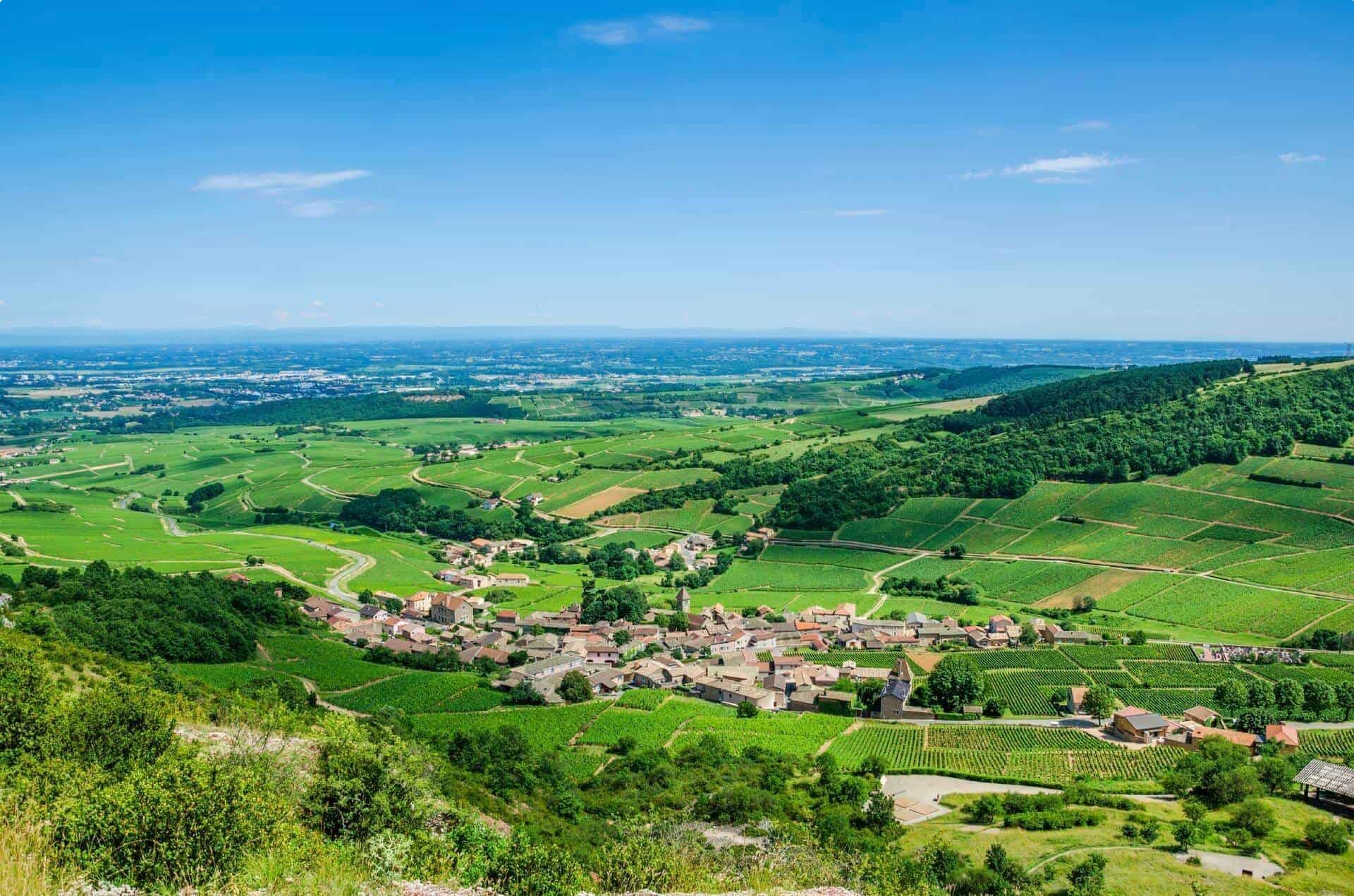
Bourgogne (Burgundy)
Burgundy prides itself on being the ‘gastronomic capital of France’. It is truly world famous for the quality of its wines and gastronomy. Located on the great trade route linking northern Europe to the Mediterranean, the region of Burgundy can be divided into two major areas – Upper Burgundy and Lower Burgundy. Upper Burgundy is famous for its scenery and also for poultry, beef and pork. Lower Burgundy (the northern part of the region) is a plateau of Jurassic limestone dissected by the Yonne River and is famous for its wines.
History of Burgundy
Burgundy is one of the most interesting regions of France. Even in the 15th century it was reputed for its climate and rich living. The original Burgundians were natives of the Baltic coast who settled the Saône plain in the 5th century. Under the Treaty of Verdun (843 AD) Frankish Burgundy became the territory of Charles the Bald. It was separated by the Saône from Lothair’s territory of Imperial Burgundy, the north of which became the County (Compté) of Burgundy. In 1295 the King of France granted the Compté to Philip the Long and his descendants. Travellers with a passion for history will love Odyssey Traveller's France tour packages.
The Dukes of Burgundy
In the late 14th century the judicious marriage of Philip the Bold (son of the King of France) to Margaret of Flanders, the richest heiress in Europe and heiress to the Compté, united the whole of Burgundy. Philip, who lived in great splendour in the palace he had built in Dijon, was the first of the famous ‘great Dukes of Burgundy’, whose power came to exceed that of the kings of France. The Dukes ruled Burgundy during the 14th and 15th centuries and Philip’s grandson allied himself with the English in 1430. It was he who captured Joan of Arc and handed her over to the English to be burnt at the stake. King Louis XI of France invaded the Compté and annexed Burgundy on the death of the last Duke in 1477. From the late 17th century the history of Burgundy follows that of the rest of France.
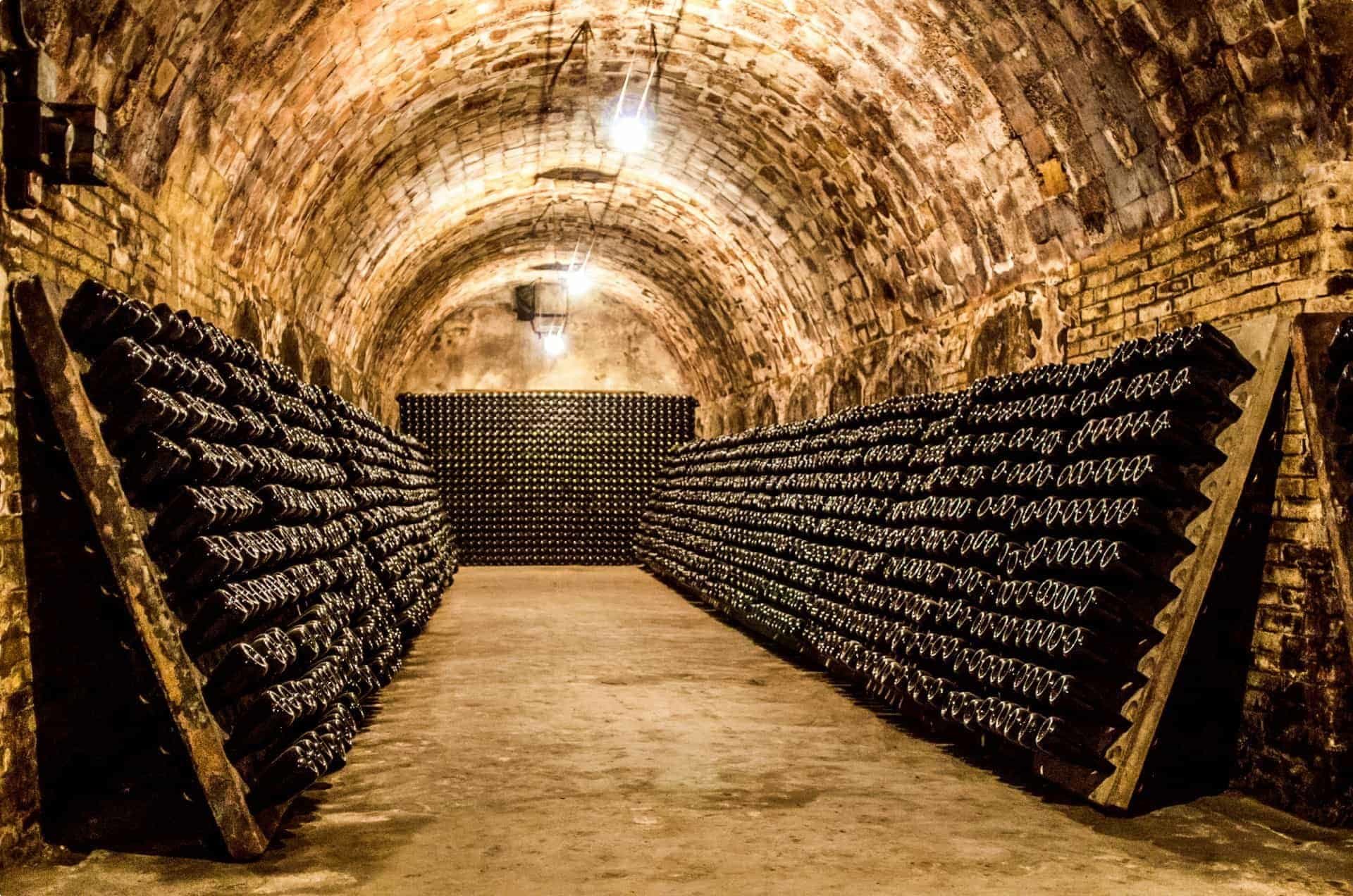
Wine
Vines were brought to the area by the Romans. Later the Cistercian monks developed the knowledge and techniques required for larger scale production. From about 900 AD up until the time of the French Revolution, the vineyards of Burgundy were owned by the Church. After the Revolution they were broken up and sold to the workers who had tended them.
Compared with the flamboyant buildings of the Champagne region and the large estates of Bordeaux, the Burgundy wine region has a very different appearance. Here the area is very concentrated and dense. There are many ‘appellations’ and ‘climats’, each with a unique taste and often separated only by a small stone wall. Burgundy classifications are geographically based. A specific vineyard will bear a given classification, regardless of the wine’s producer.
Places of interest in Burgundy
Vézelay
- En route to Beaune, the fortified hilltop village of Vézelay is the site of the splendid Romanesque Basilica of St Madeleine.
- Vézelay was the starting point of one of the four major routes to the great pilgrimage site of Santiago de Compostela in Spain.
- The claim to possession of the relics of Mary Magdalene had made Vézelay a place of pilgrimage, but, after this claim was discredited in the 13th century, the prosperity of the village was badly affected. During the Revolution, most of the abbey buildings were destroyed and a fire in 1819 left the church ruined. The restoration by Viollet-le-Duc began in 1840 and was completed in 1859.
- The Basilica is the largest monastic church in France. The chapterhouse and cloister are the only other remaining monastic buildings.

Beaune
- Beaune is renowned as the centre of the famous Côte d’Or wine district.
- Originally a Roman outpost, it became the residence of the Dukes of Burgundy until the 14th century when they moved their capital to Dijon. The fortifications and towers date from the 15th century onwards.
- The splendid Hôtel Dieu was built by Chancellor Nicolas Rolin and his wife in 1443 as a hospital for the poor – a use which continued until 1971. Its perfectly preserved, medieval décor has survived intact.
- We will also visit the Romanesque church of Notre Dame. Built in the style favoured by the monks of Cluny, it has three aisles, transepts, a choir ending in a semicircular apse and a square tower over the crossing.
- For those interested in wine, the Musée du Vin is in the old Hôtel des Ducs de Bourgogne (town house of the Dukes of Burgundy).
Provence
Provence, in south-eastern France, takes its name from the Roman Provincia Romana. It is an area of varied natural beauty, with a wealth of history and art in its towns and picturesque villages. This makes it a beloved destination for a south of France vacation. Provence has a Mediterranean climate with long hot summers and mild winters. However, there is always the chance of the mistral, a strong, cold, northwesterly wind which is rumoured to affect moods! The production of high-quality and early fruit and vegetables, olives for oil, flowers grown to provide the essential oils for perfume and cut flowers are other important industries in the area.

Avignon
Avignon, on the Rhone River, is the capital of the département and a centre with both manufacturing and cultural interests. The latter include a month-long summer festival of classical and contemporary theatre productions.
A thriving town in Roman times, Avignon fell under the invasions of the Burgundians and then the Franks. Passed to Charles of Anjou in 13th century, it supported the Counts of Toulouse and the Albigensians and was captured in 1226 by Louis VIII. Purchased by the Pope in 1348, it then became the residence of several of the antipopes during the Babylonian captivity (1309 – 1377). In 1475 it was made the see of an archbishop and subsequently became a flourishing commercial centre. During this period, although Avignon was part of the Papal States and was nominally ruled by legates, in reality the citizens were free to govern themselves. However, during the French Revolution, the city was claimed by France and was incorporated into France by plebiscite in 1791.
The whole of the old town is surrounded by a complete circuit of walls, 4.8 kilometres long with 8 gates and 39 towers. The walls, built between 1350 and 1368, have been heavily restored. With expertise in history, Odyssey Traveller provides educational South of France tours.
Highlights of Avignon
- The Palais des Papes is a magnificent example of Gothic architecture, built for the 14th-century transfer of the Papal Curia from Rome to Avignon. The Great Hall has some beautiful frescos by Simone Martini and some 18th-century tapestries. In the Tour des Anges (Tower of the Angels) are the Popes’ bedroom and the Chambre du Cerf (Room of the Stag), so named for the hunting and other secular scenes in the wall paintings.
- Notre-Dame des Doms is the 12th – 14th-century cathedral standing on a spectacular rocky promontory overlooking the Rhône River. It contains a 12th-century bishop’s throne in white marble and the tomb of Pope John XXII.
- Only a fragment remains of the bridge of Saint Bénézet (12th century), to which the famous French song “Sur le pont d’Avignon” refers. The bridge was built in 1177 – 1185, but was partly destroyed in 1668 and only 4 of the original 22 arches have survived. At the closest end is the Romanesque chapel of Saint Nicolas (restored in the 19th century).

Languedoc-Rousillon
Languedoc, with Midi Pyrenees, makes up the super-region Occitanie. In many ways Languedoc-Rousillon resembles Provence, characterised by the same clear light, strong sun, orange-tiled roofs, noise of cicadas and a people often described as ‘intensely meridional’ – volatile, yet easy-going.
The extensive region of Languedoc-Rousillon extends from the mouth of the Rhône River along the Mediterranean Coast to the Pyrénées and is bounded in the north and west by the River Aude. The landscape is as varied as that of Provence: rocky gorges, market gardens, orchards and, along the coastline, kilometre after kilometre of vineyards – some of France’s oldest. Behind the coastal plain lie the wild limestone hills of the Garrigue (Garric means oak in Occitan and there are many different varieties of oaks including the evergreen stone oaks).
Since the 1960s there have been huge changes made to the coastline which was formerly a marshy area with many shallow lagoons. At that time the government made the decision to develop the area, draining the marshland and creating beaches. New holiday centres like Grande Motte and Cap d’Agde were established with the aim of bringing tourists to the area and creating employment. Most of the population of approximately 1.4 million lives in the coastal areas.
Carcassonne
Carcassonne, the chief town of the Aude département, lies in the foothills of the Pyrénées. In fact, it is two towns, divided by the River Aude. The Upper City (La Cité), the more famous part, is a walled city with a fairytale collection of towers, drawbridges and winding medieval cobbled streets; the Lower City (Ville Basse or Bastide Saint-Louis), which dates to the 13th century, is much lower key and is the commercial and residential centre. The Upper City was declared a UNESCO World Heritage Site in 1997. The economy of Carcassonne is based on tourism and the wine trade.
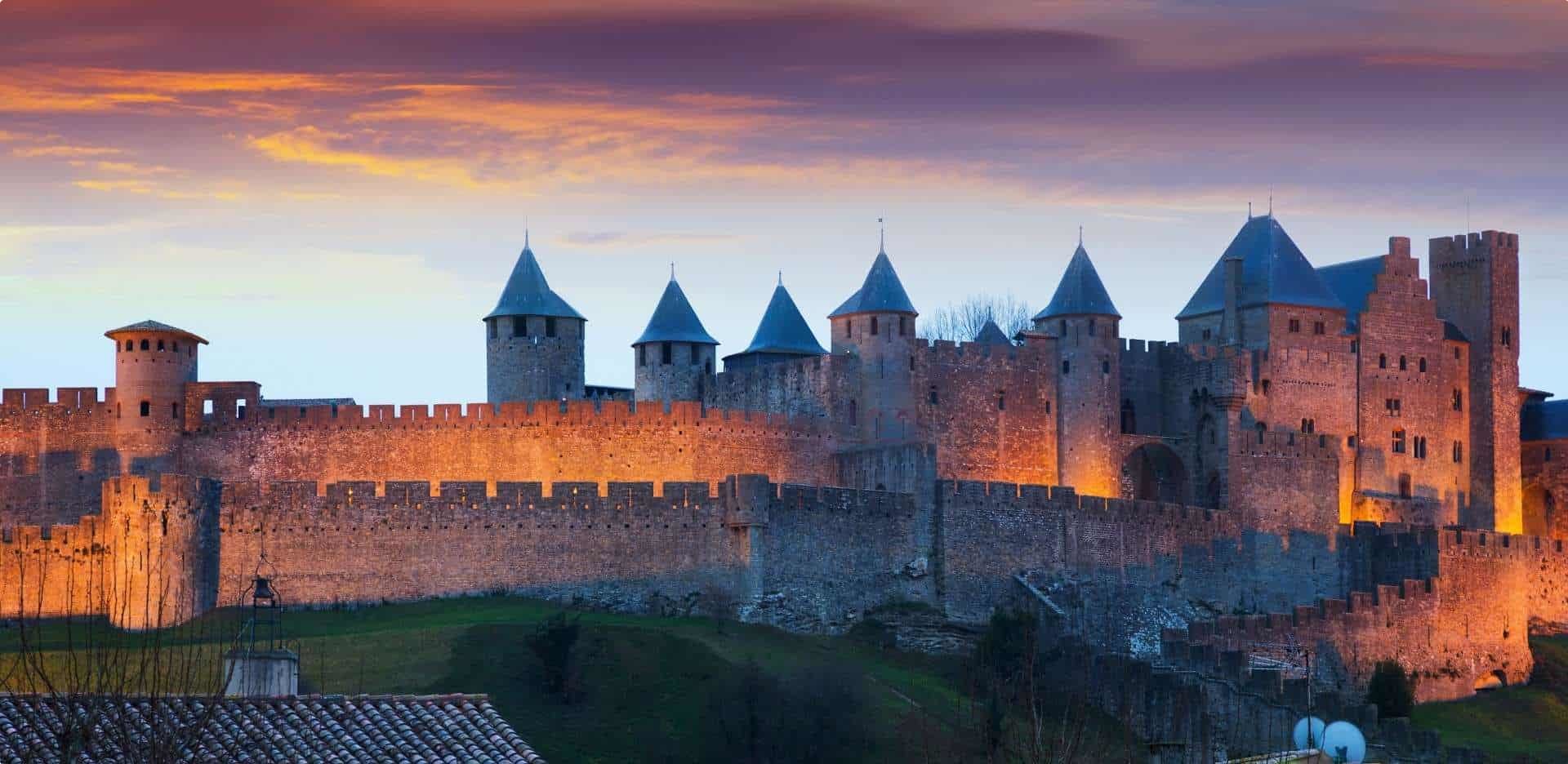
History of Carcassonne
Carcassonne’s position, on an ancient route from the Atlantic Ocean to the Mediterranean Sea, ensured its early importance. Built and fortified originally by the Romans in 1st century BC, it was progressively taken by the Visigoths (6th century AD), the Saracens (7th century), the Franks (8th century) and, during the Albigensian Wars of the 12th and 13th centuries, by Simon de Montfort and the Crusaders. It became then a seat of the dreaded Inquisition. In 1229 the town fell to the French Crown, remaining unscathed until the French Revolution. Restoration by Viollet-le-Duc in the 19th century has been the subject of much controversy, as we will learn on our guided tour of the city.
Must-see sights in Carcassonne
- The ramparts of La Cité of Carcassonne are made up of two concentric walls. At the summit of the ramparts is a ‘widow’s walk’ protected by merlons and battlements and lined with ‘hourds’ – wooden platforms overlooking the outer walls of the ramparts. The two walls are flanked with towers – 32 along the outer rampart and 26 along the inner one.
- Within the fortress itself is yet another fortress – the Castle of Carcassonne. Although this dates from 12th and 13th centuries, it was built on even older remains. The back wall of the castle rises from the original Gallo-Roman wall and the difference in the stones can easily be observed. The castle is an enormous rectangular structure surrounded by a dry moat and protected by a barbican and a series of complicated passages, which effectively brought invaders into the range of the defenders’ arrows. There are only two entrances to the town – the Porte Narbonnais and the Porte d’Aude.
- Within the Cité is the former Cathédrale de St-Nazaire (11th – 14th centuries) which has been extensively restored and contains what is thought to be a part of the original tomb of Simon de Montfort. The west front of the cathedral was originally part of the Visigoth fortifications.
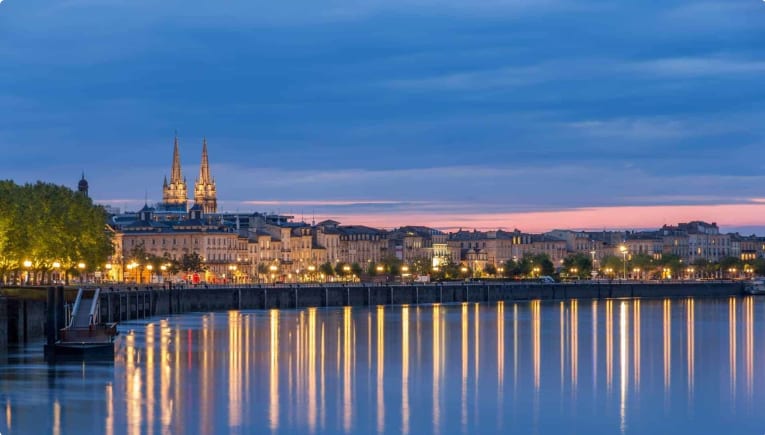
Aquitaine
Bordered on its western side by the Atlantic, Aquitaine has such varied scenery as gigantic sand dunes, magnificent sandy beaches. As well as vast man-made forests and extensive wine-growing areas. It's a fascinating destination for trips to France.
History of Aquitaine
Aquitaine was one of the three divisions of ancient Gaul. Governed by the Romans for 500 years, it fell to the Visigoths (5th century) and then to the Franks when they defeated the Visigoths in 507. In 725 it was raided by the Muslim conquerors of Spain but when Charles Martel crushed those invaders in 733, it became part of the Carolingian Empire.
During the 9th century the nobility of the region managed to free the area from royal control. The Duchy of Aquitaine, based in Poitou, reached its height in the 11th century. On the death of William X in 1137, his daughter, Eleanor of Aquitaine, married Louis VII of France. However, she divorced him in 1152 to marry Henry II of England – taking with her a vast dowry of what, in modern-day France, would equate to 22 départements. This is considered one of the main causes of the Hundred Years War (1337 – 1453).
Eventually the French conquered Poitou in 1224 and other parts of Aquitaine over the next century. For a brief time, English victories enabled Edward III to regain the old duchy in the 1360s, but France finally took control in 1453. We will certainly learn of the importance of Eleanor while we are here!
Bordeaux
Bordeaux is the chief town of the region and the commercial and cultural centre of the south-west. It lies on the left bank of one of France’s greatest rivers, the Garonne, near the point at which this river joins another great, the Dordogne. These then flow together to form the wide, funnel-shaped estuary of the Gironde. Some 90 kilometres further on the resultant body of water enters the Atlantic. Because of its position and climate, Bordeaux has always been important for the wine trade and for ship-building. Oil-processing refineries in the area also make a large contribution to the economy.
The original Roman city of Burdigala was the capital of the province of Aquitaine – important for wine even in those times. During the Middle Ages its allegiance alternated between the Dukes of Aquitaine and Gascony. For three centuries, from the 12th – 15th centuries, it belonged to England.
Highlights of Bordeaux
- Through the centre of the city flows the Garonne River and the squares and streets give a great example of 18th-century urban architecture. The main Place de la Comédie is on the site of an ancient Roman forum.
- Palais Gallien is the remaining entrance of the 3rd-century Roman amphitheatre.
- The Cathédrale de St-André is similar in size to that of Notre Dame in Paris. Its styles span those of the 12th – 15th centuries. Its finest feature is the richly-sculptured north doorway.
- The Grand Théâtre (18th century) in the Place de la Comédie is one of France’s finest theatres. It has a colonnaded front (12 Corinthian columns) topped by a balustraded gallery with 12 statues of goddesses and Muses.
- The city also boasts beautiful public gardens and a wealth of museums of every type. During your free time, you may like to explore the Musée des Beaux Arts which has a collection ranging from the 15th to the 20th century including Titian, Rubens, Renoir, Rodin, Zadkine and later contemporary art.
- Another possibility is the Centre Jean-Moulin – a very small museum dedicated to the story of the Resistance in the area during WWII.
Cognac
En route to La Rochelle, we will visit Cognac, a picturesque town with many 17th and 18th-century houses. But the main tourist interest of the town lies in the various wine-producers’ establishments. Cognac leapt to fame when Jean Martell arrived here from Jersey in 1715 and began to make brandy. The town is now the centre of some 70,000 hectares of vineyards which produce the wine from which cognac is distilled. It would be remiss of any tours to France to overlook this important area.
Poitou-Charentes
Poitou-Charentes is one of the regions of western France between the Massif Central, the Loire and the Atlantic. In 2016 it became, with Aquitaine and Limousin, the super region of Nouvelle Aquitaine.
A fertile plateau, through which runs a line of ancient peaks, the Hauteurs de la Gâtine, Poitou-Charentes has several areas of interest. To the west, near the coast, the Vendée is gentle pasture country, criss-crossed with hedges, with contrasting expanses of former marshland, now drained by canals. Along the coastline are extensive oyster farms. In the east is the largest marshland area, the Marais Poitevin. In the south, along the coast, are magnificent sandy beaches and off-shore islands. Further south still, lie the wine-growing areas around Cognac.
This is one of the sunniest regions in western France with pleasant winters and summers. The area enjoys almost as much sun as the Mediterranean and often experiences Indian summers. The open plain areas of the region produce wheat, barley and other cereals; the coastline allows a fishing industry and the cultivation of mussels, oysters etc; wine/cognac are produced in the area of the same name. Tourism is also a major industry.
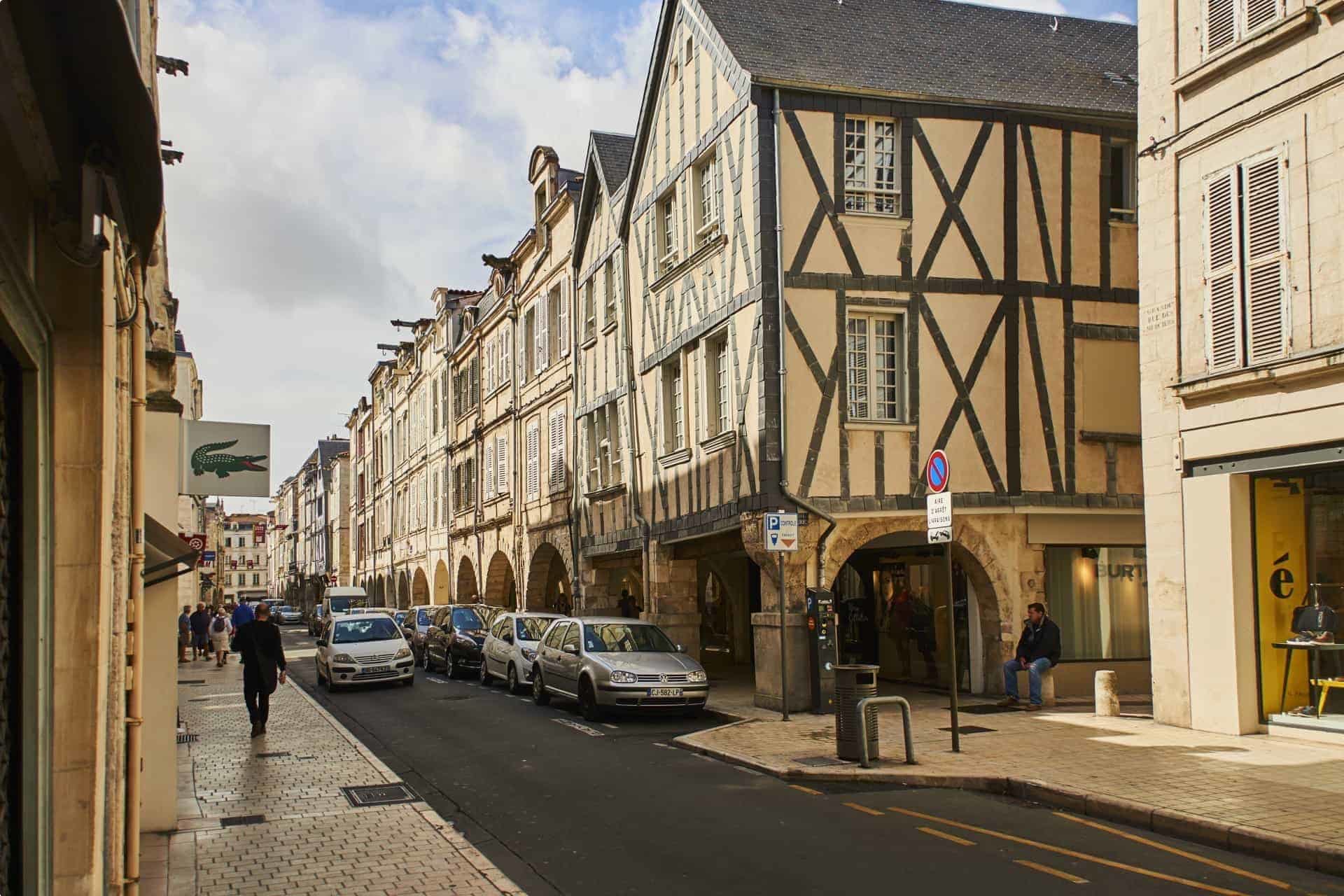
History of Poitou-Charentes
During Roman times this part of France belonged to the province of Aquitania. With the fall of the Empire and the incursions of the Visigoths and Franks, counties were established, some of which were later to become duchies. In their various raids of the 9th century. The Norsemen (Vikings) certainly did not spare the region and many defensive towers and keeps are reminders of this time. Prosperity returned to the area with the foundation of monasteries and churches to support the pilgrims on their routes to Santiago de Compostela.
The marriage of Eleanor of Aquitaine, and the transfer of her dowry to Henri Plantagent, (later Henry II of England) resulted in centuries of conflict between France and England and the Hundred Years War. During the 16th century the territories were gradually returned to France. The 16th-century Wars of Religion (during which Richelieu took La Rochelle by siege) and the rebellion of La Vendée during the Revolution caused further devastation in the area.
La Rochelle
La Rochelle, the chief town of the département, is an old port town on the Atlantic coast, sheltered by three offshore islands – Île de Ré, Île d’Aix and ÎIe d’Oléron. It is a seat of major French industry with a large plant for the manufacture of components for the TGV (France's Train à Grande Vitesse).
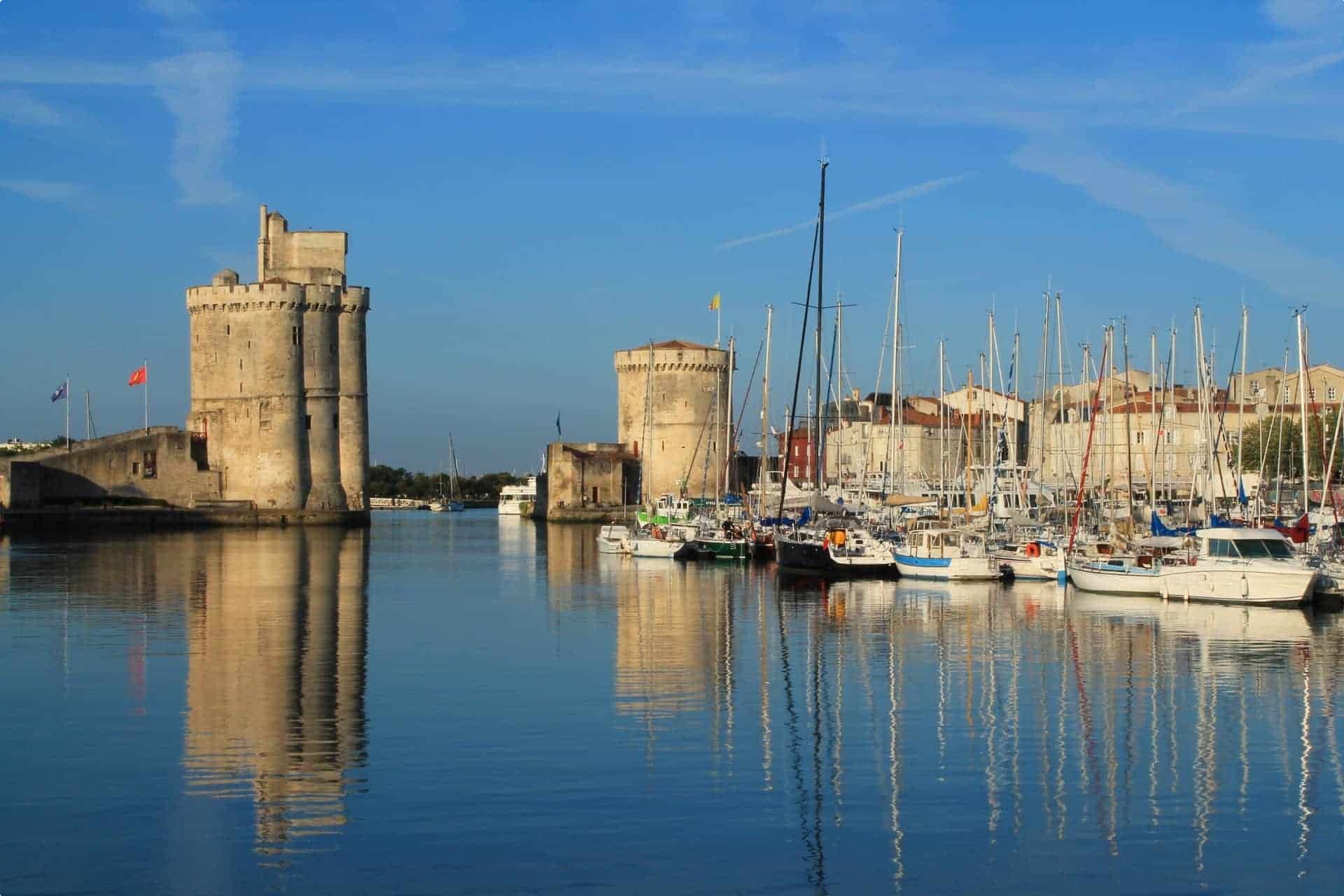
Places to visit in La Rochelle
- The 18th-century Cathédrale de St-Louis is in classical style with a 15th-century tower.
- Surrounding the Place de l’Hôtel-de-Ville is an old defensive wall (1498) and, with pride of place in the square, is the richly decorated Hôtel de Ville.
- Many picturesque old houses may be found in the arcaded Rue des Merciers which runs off one side of the square and is a wonderful shopping area!
- Beyond the Porte de la Grosse-Horloge (14th century and the only surviving town gate) is the Vieux Port (Old Port) with its three massive guard towers – Tour St-Nicolas (1384) on the eastern side, Tour de la Chaîne (14th century and containing a relief model of the medieval town) on the western side and Tour de la Lanterne (built in 15th century as a lighthouse).
- La Rochelle also houses France’s largest aquarium.
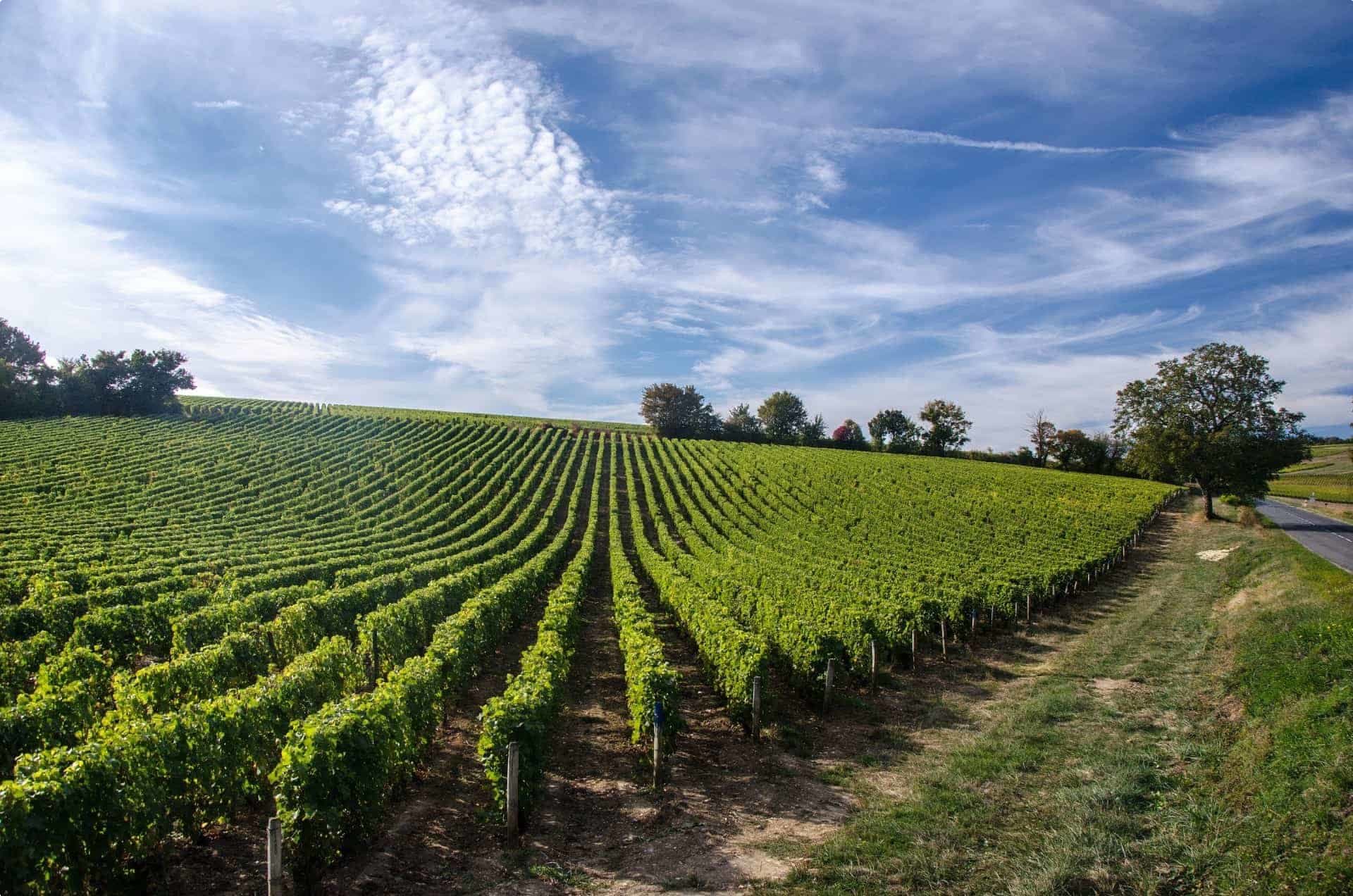
Loire Valley
The river Loire is the longest river in France. From its source in the northern Cévennes mountain range it flows a distance of just over 1,000 kilometres to reach the Atlantic at the most southerly point of Brittany in the Bay of Biscay. The river has many tributaries. Encroaching sandbanks, islands and varying water depths now prevent the Loire from being navigable for much of its length and only the lowest part, below Nantes, carries commercial shipping. However, its earlier navigability, beauty and mild climate drew many French kings and noble families to build beautiful châteaux in the area and it is justifiably known as “The Garden of France”.
In the Loire Valley it is possible to follow the development of French architecture over six hundred years, from the 13th and 14th century châteaux of Chinon and Angers to the magnificent Renaissance examples of Chambord, Blois, Chenonceau and Amboise. The area is the source of such famous wines as Sancerre, Vouvray, Anjou and Muscadet.
History of the Loire Valley
Successively occupied by Gauls, Romans and Franks, and plundered by the Huns, Saracens and Normans, the region was the scene of bitter rivalry between the Counts of Anjou and Blois in the 12th century and of conflicts between the French and English during the Hundred Years War. At Chinon, Joan of Arc was given supreme command of the French forces in 1429 and from this time the Loire Valley was firmly held by France. For the next 150 years magnificent residences were built and extended to create the ‘1,000 castles of the Loire’.

Tours
Tours is the bustling capital of Touraine and the chief town of the département. Agriculture and wine are the main industries of the area.
During the Roman period Christianity was brought to the region by St-Gatien. In the 4th century the preaching of St-Martin made Tours an important religious centre and a centre of pilgrimage. In 732 the Arabs reached as far as Tours before Charles Martel defeated the advance from Spain into France at the Battle of Poitiers. The silk-weaving trade brought huge prosperity to the town during the 15th and 16th centuries, during which time about 75% of the population was employed in this industry. The delightful half-timbered houses in the centre of the town are the result of this wealth. The staunch loyalty of its people to Protestantism caused Tours to suffer horribly during the Religious Wars and the bombings of World War II caused further destruction.
Key sites in Tours
- The Cathédrale St-Gatien, (12th – 16th centuries), dedicated to the first bishop of Tours, has several different architectural styles including Flamboyant Gothic (west side) and Renaissance (towers). The walls of the nave are composed almost entirely of windows, while the choir and side chapels have beautiful stained glass. The beautiful marble Renaissance tomb of Charles VIII’s children is in the ambulatory.
- The Musée du Compagnonnage has exhibits illustrating the history and customs of the Compagnons de Tour de France, the Trade Guilds.
Bretagne (Brittany)
The name of this region derives from the Britons who travelled across the English Channel to seek refuge from the Anglo Saxon invaders who were pushing them out of a the island of Great Britain in the dark ages. At the same time, other Britons fled to Wales and Cornwall. So it is that today, Brittany shares a history with the other Celtic regions of northwest Europe.
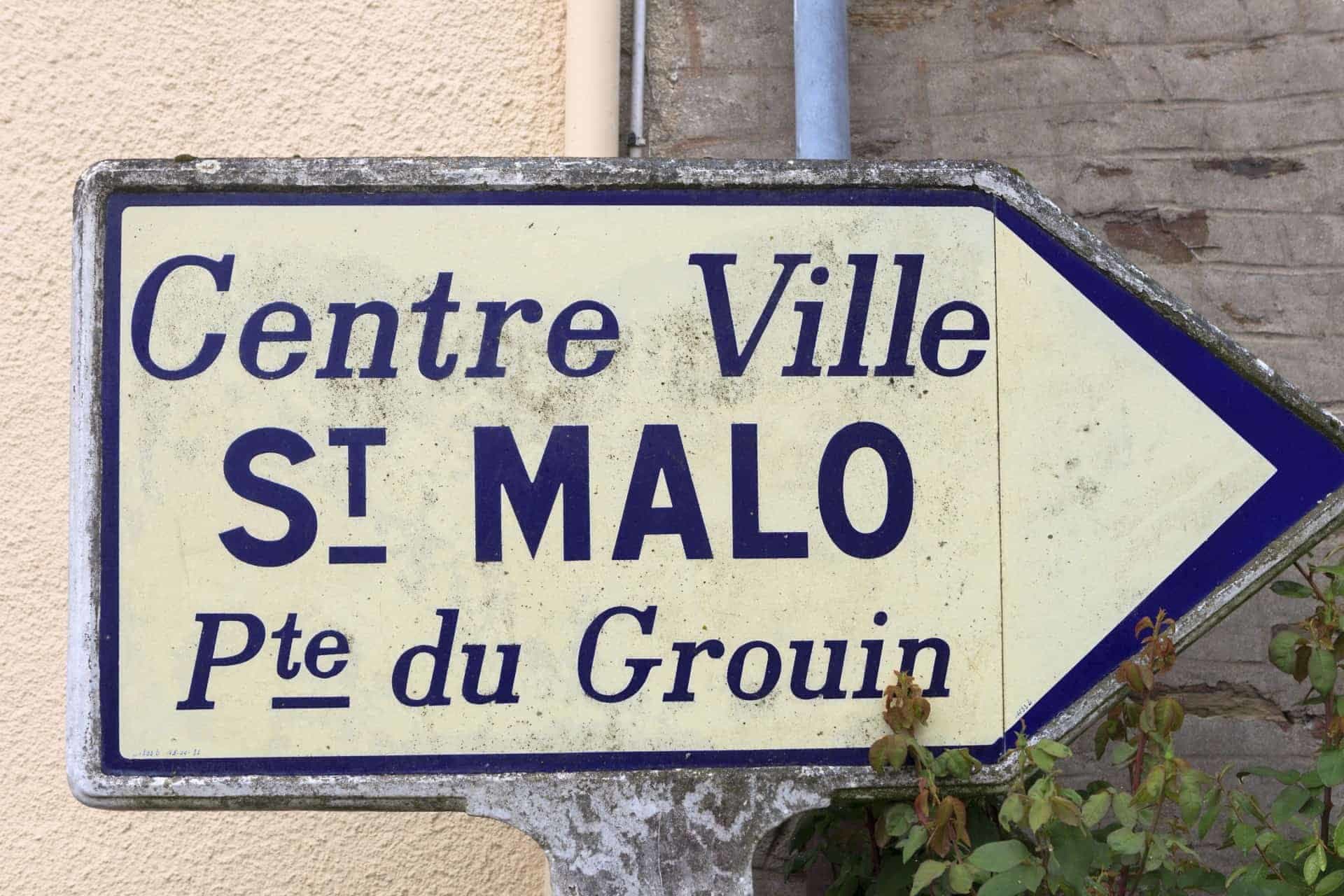
St Malo
St Malo was founded by the Gauls in the 1st Century BC. The ancient town on the site of Saint-Malo was known as the Roman Reginca or Aletum. By the late 4th Century AD the Saint-Servan district was the site of a major Saxon Shore promontory fort that protected the Rance River estuary from seaborne raiders. During the decline of the Western Roman Empire, Armorica (modern day Brittany) rebelled from Roman rule under the Bagaudae and in the 5th and 6th Centuries received many Celtic Britons fleeing across the Channel.
St Malo also traces its origins to a monastic settlement founded by Saint Aaron and Saint Brendan early in the 6th Century. The name is said to be derived from a follower of Brendan (the Navigator), St Malo or Maclou, an immigrant from Wales. Saint Malo became notorious as the home of the corsairs, French privateers, who forced English ships to pay tributes as they passed up the Channel. Jacques Cartier, who is credited as the discoverer of Canada, lived in and sailed from St Malo.
In WWII during late August and early September 1944 the walled city of St Malo was almost totally destroyed by allied bombs, and it took 12 years to rebuild the city from 1948-1960.
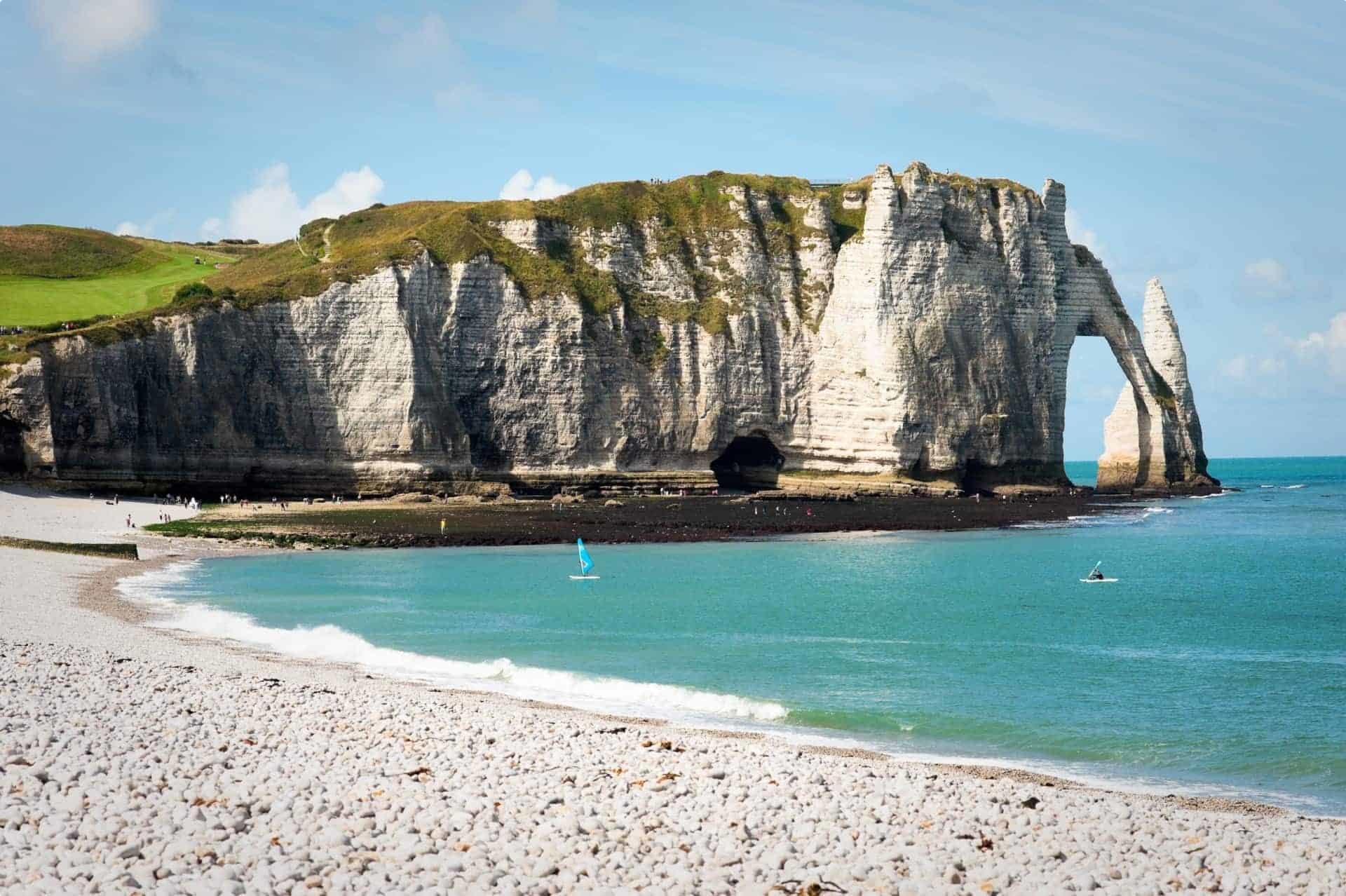
Normandy
Normandy, in north-western France, covers an area of 29,841 square kilometres with a coastline of approximately 550 kilometres. The region extends from the Île de France to the English Channel, between Picardy to the north and Brittany to the west. It is divided into Upper and Lower Normandy, each of which has its own geological structure and resultant character. Upper Normandy is the western part of an area of chalky tableland in the Paris Basin, rising to 250 metres and interrupted by valleys, often running parallel to one another, and the winding lower reaches of the Seine. The most dramatic parts of the region are the steep, 100-metre high cliffs (falaises) of the Pays de Caux (the “land of chalk”), which abruptly halt the land at the English Channel.
Acting almost as an intermediate region between Upper and Lower Normandy is the département of Calvados. Here the valleys seem gentler and fields are delineated with neat hedges. Lower Normandy has two distinct parts. The Cotentin Peninsula is part of the ancient Armorican rock massif which forms the backbone of both Normandy and Brittany. It is very different from the rest of Normandy and both physically and topographically more in character with Brittany or Cornwall than with the pastoral and wooded countryside of much of Normandy. It is wilder, bleaker and starker and has fewer trees but more heath-land. The coastline of north-west Normandy is much indented with rocky inlets; in the east it is flat and sandy with the world-famous tides experienced at places like Mont St-Michel.
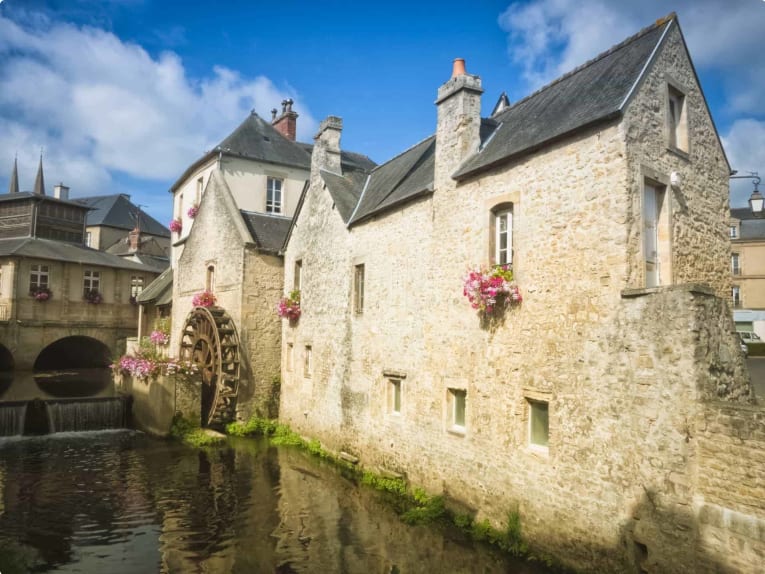
Industry in Normandy
Le Havre is the second largest port in France and, inevitably, much industry is centred in that area. The city of Rouen is the centre of the cotton industry. However, the land is the primary source of wealth. Pastures are rich for arable and stock farming with cattle and horses predominant. Apple orchards are prolific, producing the ciders and Calvados (the spirit distilled from cider). Wheat, cereals and canola are also produced. The magnificent coastline and seaside resorts are a major attraction for tourists and the overall beauty of the area has encouraged many Parisians to buy secondary residences (résidences secondaires) here.
History of Normandy
Finally conquered by Julius Caesar in 52 BC, Normandy became a Roman province. During the 4th century AD the raiding Germanic tribes from the north-east eventually overcame the Roman legions and incorporated the area into the Merovingian kingdom of Neustria.
Clovis, King of the Franks, came to power, introducing Christianity to the region. During the 9th century the Norsemen (Vikings) led annual raids to rape, pillage and destroy. In 911 one of their leaders, Rollo, signed a treaty with the French King, Charles the Simple, founding a Norman duchy. After the Battle of Hastings in 1066, William the Conqueror (Duke William of Normandy) became King of England and Normandy became part of a larger Norman/English Domain. It reverted to France in 1204 when it was re-taken by Philippe Auguste.
The Hundred Years War gave the English brief possession at various times but in 1450 Normandy finally returned to France and the Dukedom disappeared in 1469. The 17th century saw much of the exploration to the New World depart from the ports of Normandy with Champlain founding a Norman colony in Quebec in 1608.
Although it escaped the ravages of the First World War, Normandy did not fare well during the Second. As the Germans advanced to the coast in 1940, much was bombed or burnt to the ground. It was also the scene of the Allied Landings in 1944 when very few towns in Lower Normandy were left intact.
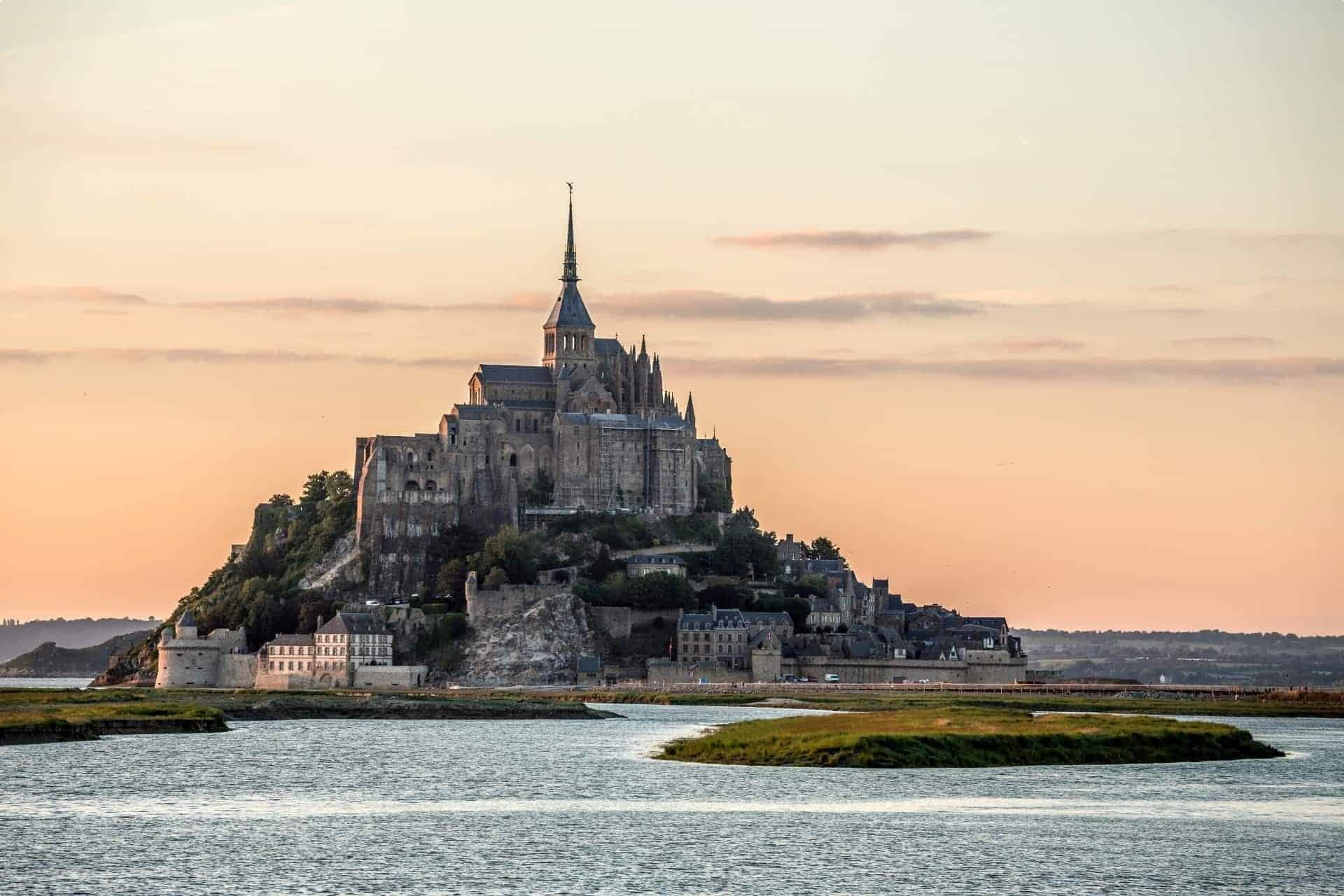
Mont Saint Michel
Originally Mont Saint Michel was called Monte Tombe, from the Latin tumba, which means both mound and tomb. A few Christian hermits settled on this rock in the 6th Century and built two sanctuaries there, one of them dedicated to the first Christian martyr Saint Stephen, and the other to the martyr Saint Symphorian of Autun.
The introduction of the cult of Saint Michel to Mont Tombe is reported in a 9th Century manuscript, the Revelatio Ecclesiae Sancti Michaelis. According to this text, in the year 708, a bishop of Avranches named Aubert dreamt that the Archangel commanded him to build a church in his honour on the rock. Aubert doubted this vision, and his heavenly host was obliged to visit him on three separate occasions, even going so far as to drill a hole in the bishop’s cranium with his finger in order to convince him.
The chapel he built was a replica of Monte Gargano, a cave shrine in southern Italy where Saint Michel is said to have appeared in 492. As no cavern could be found on Mont Tombe, Aubert had a crude structure erected, reminiscent of the Italian grotto. Owing to the prevailing insecurity of the Merovingian period, the cult of the tutelary archangel spread rapidly and worshippers flocked to Mont Tombe to place themselves under his protection. Soon it became known as the Mont Saint Michel, one of the leading pilgrimage sites in Medieval Europe.
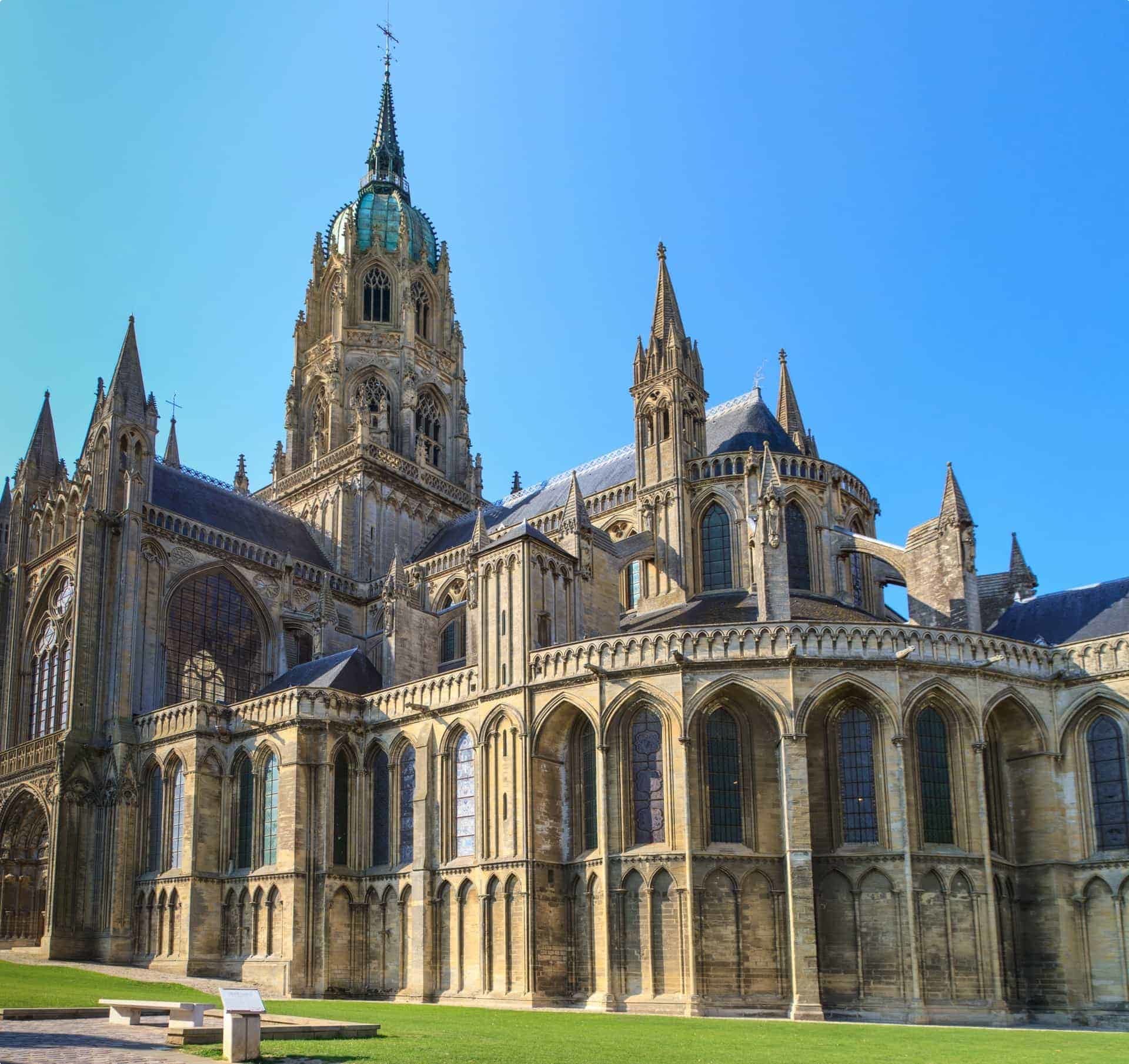
Bayeux
Bayeux lies in a fertile plain near the coast. It is a city steeped in history, having been successively Gaulish, Roman and an Episcopal city and then captured by Bretons, Saxons and Normans. Rollo the Viking married the daughter of the governor and William the Conqueror was a direct descendent of their son, William Longsword. It was from Bayeux that William the Conqueror departed to conquer England. When Rouen became French in the 15th century, the people of Bayeux remained Scandinavian and continued to speak Norse. Since it was the first town to be liberated during the Battle of Normandy, it emerged from the Second World War relatively unscathed.
Bayeux's attractions
- The town’s great attraction is the famous Bayeux Tapestry – a piece of linen 70 metres in length, which is actually not a tapestry, but rather an embroidery. Almost certainly commissioned in England shortly after the Conquest by the Bishop of Bayeux from the School of Saxon Embroiderers, it is generally believed that it was intended to decorate the walls of the Cathedral which had just been built in Bayeux.
- At a much later date it was named La Tapisserie de la Reine by the French and attributed to Queen Matilda. Completed in approximately 1077, it tells the story of the conquest of England by William the Conqueror, from the Norman point of view. There are 58 intricate scenes with 623 figures, 759 animals and numerous buildings and ships. The work gives an amazing insight into life in Norman France during that period.
- In the centre of the town, surrounded by many beautiful 15th and 16th-century houses, the Cathédrale de Notre Dame is one of the finest examples of Norman Gothic (11th and 13th-century) architecture.
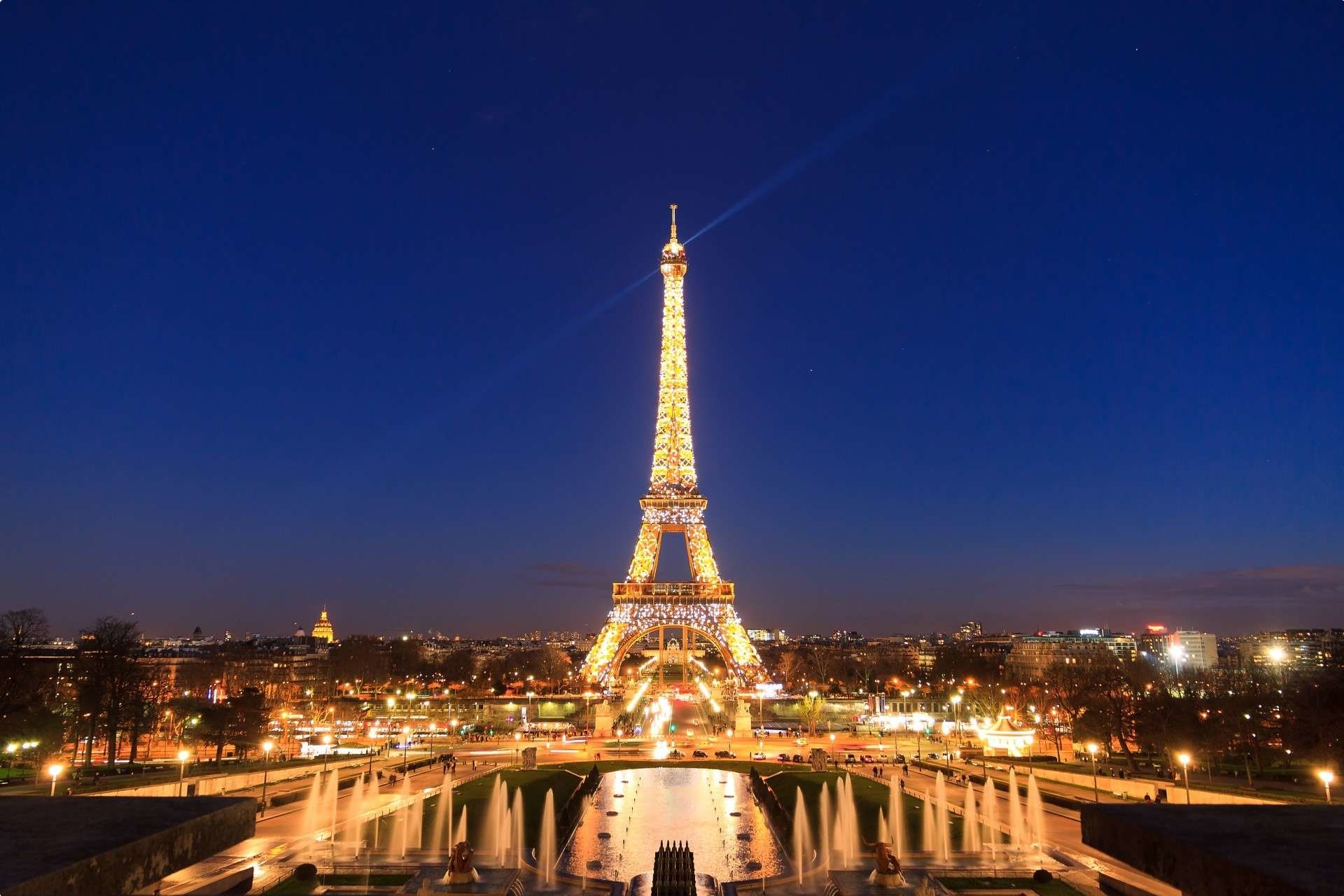
Paris
Tours of France, must of course, include Paris. Paris is not only France’s capital but also its largest city. It is located on the River Seine, about 370 kilometres from its Atlantic Ocean outlet at Le Havre. Paris is situated in a low-lying basin; the city is mostly flat, although the elevation gradually increases from the river to the low hills that ring the city’s edge. The highest natural feature within the city proper is the Butte de Montmartre, at 129 metres above sea level. With an estimated population approaching 13 million, the Paris metropolitan area contains nearly 20% of the nation’s inhabitants. Paris dominates the economic, cultural and political life of France to an extraordinary degree. The centralising philosophy of successive governments has historically favoured the city as the site for all decision making, thus exercising a powerful attraction on virtually all of the nation’s activities.
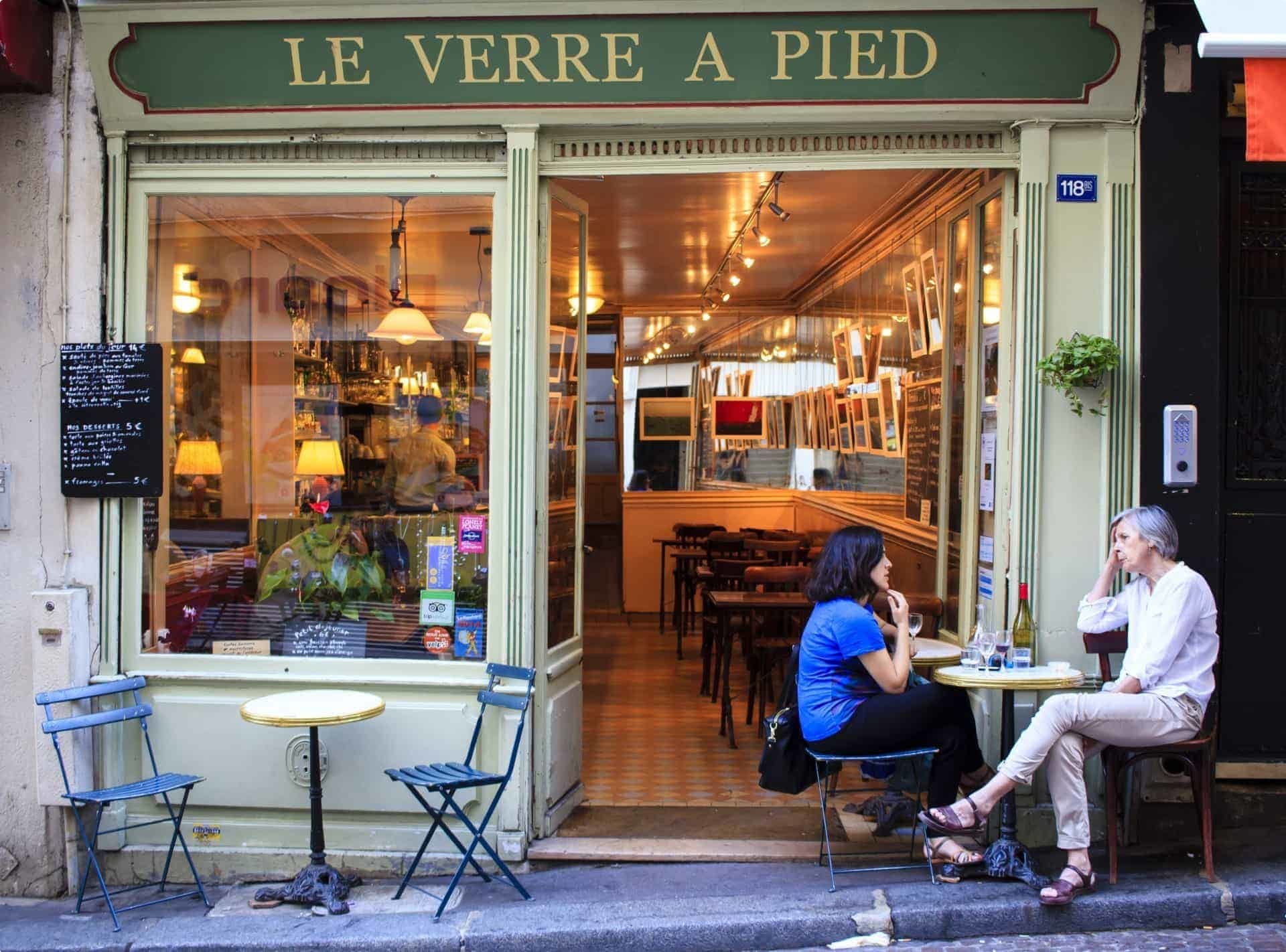
Life in Paris
A Paris tour with Odyssey Traveller will have you living like a local. The central sections of Paris, like those of many European cities, were built up long before any particular need was felt for open or recreational space. This circumstance, together with the height restrictions on buildings, has resulted in an unusually low ratio of ‘green space’ per inhabitant. The largest areas of open space today are those that were protected from development by their status as royal preserves. Outstanding amongst these is the Bois de Boulogne, a tract of heavily used woods, trails, lakes and sports grounds located on the city’s western edge. This park is mirrored just beyond the eastern city limits by the Bois de Vincennes, which contains a zoo, a floral garden and several museums.
Within the city, important parks include the Luxembourg Gardens and the Parc Monceau. Both originally for royalty, and the parks of Butte Chaumont and Butte Montsouris, which were laid out in the mid-19th century on the sites of old quarries. The botanical garden, Les Tuileries, and Champ de Mars are attractive green areas that are more formal than the other parks.
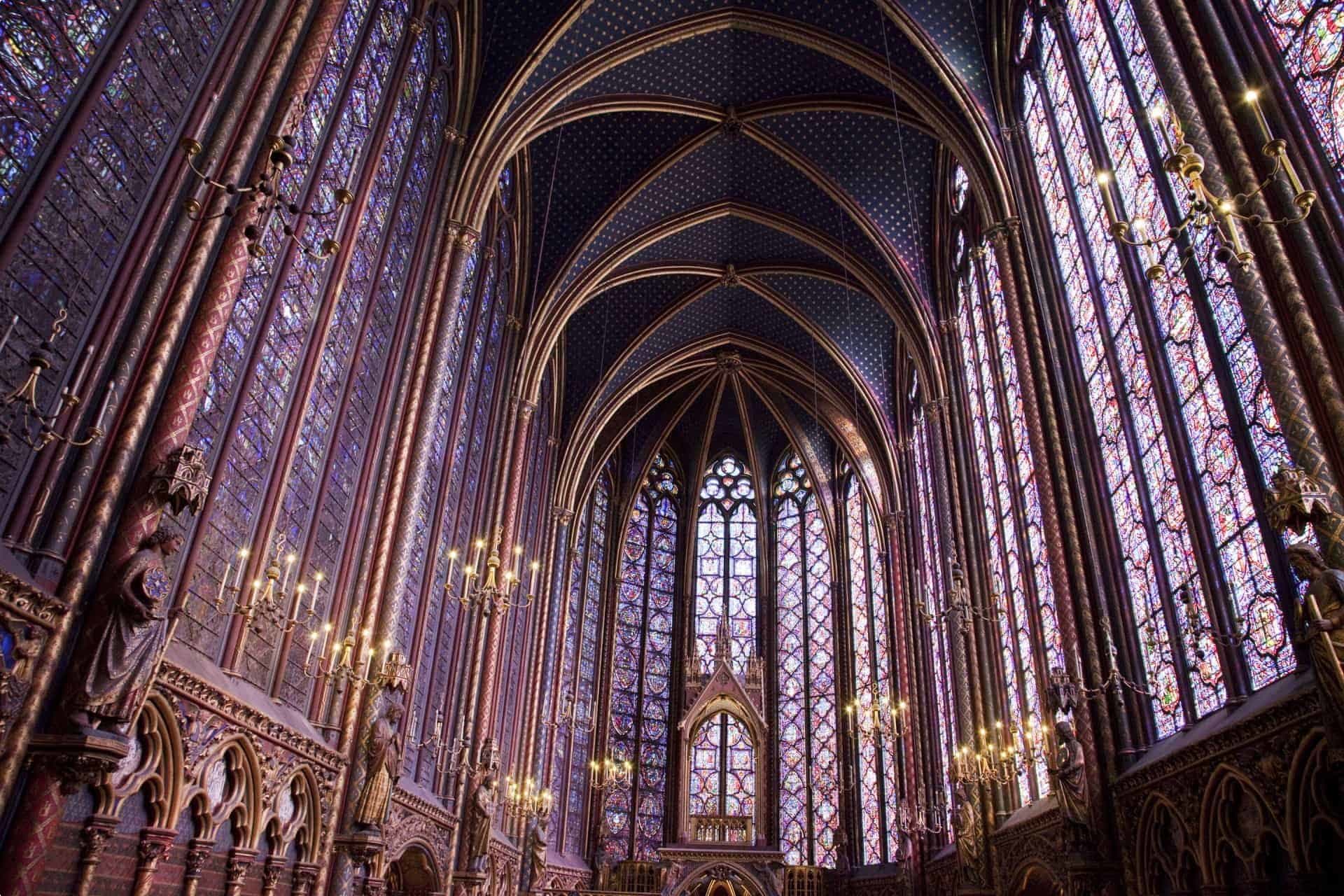
Parisian architecture
The monumental architecture of Paris, dating from throughout its long history, reflects the city’s political and cultural status. Among the most important older constructions are the Cathédrale de Notre Dame, on the Île de la Cité, which was begun in 1163; the nearby Sainte-Chapelle, a magnificent 13th-century Gothic structure; the Hôtel de Ville (town hall), the Louvre, once a royal palace; Les Invalides, built as a soldiers’ home by Louis XIV and now housing Napoleon’s tomb; and the Place de la Concorde, laid out in the 18th century. Within the historic Marais district just west of the Bastille is a delightful masterpiece of early 17th-century architecture, the residential square named Place des Vosges. Also in the Marais is a nobleman’s palace which has become a Picasso museum.
Development in the 19th century
During the mid 19th century Paris was redesigned under the direction of Baron Georges Haussmann. Several grandiose projects were undertaken to emphasize the city’s significance. The Arc de Triomphe, the Opéra, the Place de l’Opéra, the Place de l’Étoile (now Place Charles de Gaulle) and many of the broad avenues with their imposing perspectives date from this time.
Twentieth century
Toward the end of the 19th century, the Eiffel Tower was built for the Paris World Fair of 1889. It is now the city’s most famous symbol. The Basilica of the Sacré Coeur, on the summit of Montmartre, was completed in 1910. Other important buildings include the Palais de Chaillot, Palais Royal, Palais de l’Élysée (now the official residence of the president of France), Palais Bourbon (the meeting place of the Chamber of Deputies), the Palais de Justice and the Panthéon.
Among the more impressive recent additions to the city’s skyline is the cluster of high-rise office buildings, as well as La Grande Arche (an enormous picture frame-like structure with glass elevators) at La Défense, just west of the city at Nanterre. Also of note are the Centre Pompidou (the museum of modern art), the new National Library with its buildings shaped like open books and the Opéra Bastille. When the old central markets (Les Halles) were moved out of the congested inner city, the site was turned into a multi-level underground shopping mall. A brilliant recent conversion of a 19th-century railway station created the Musée d’Orsay, housing a wonderful collection of 19th-century art, including Impressionist masterpieces.
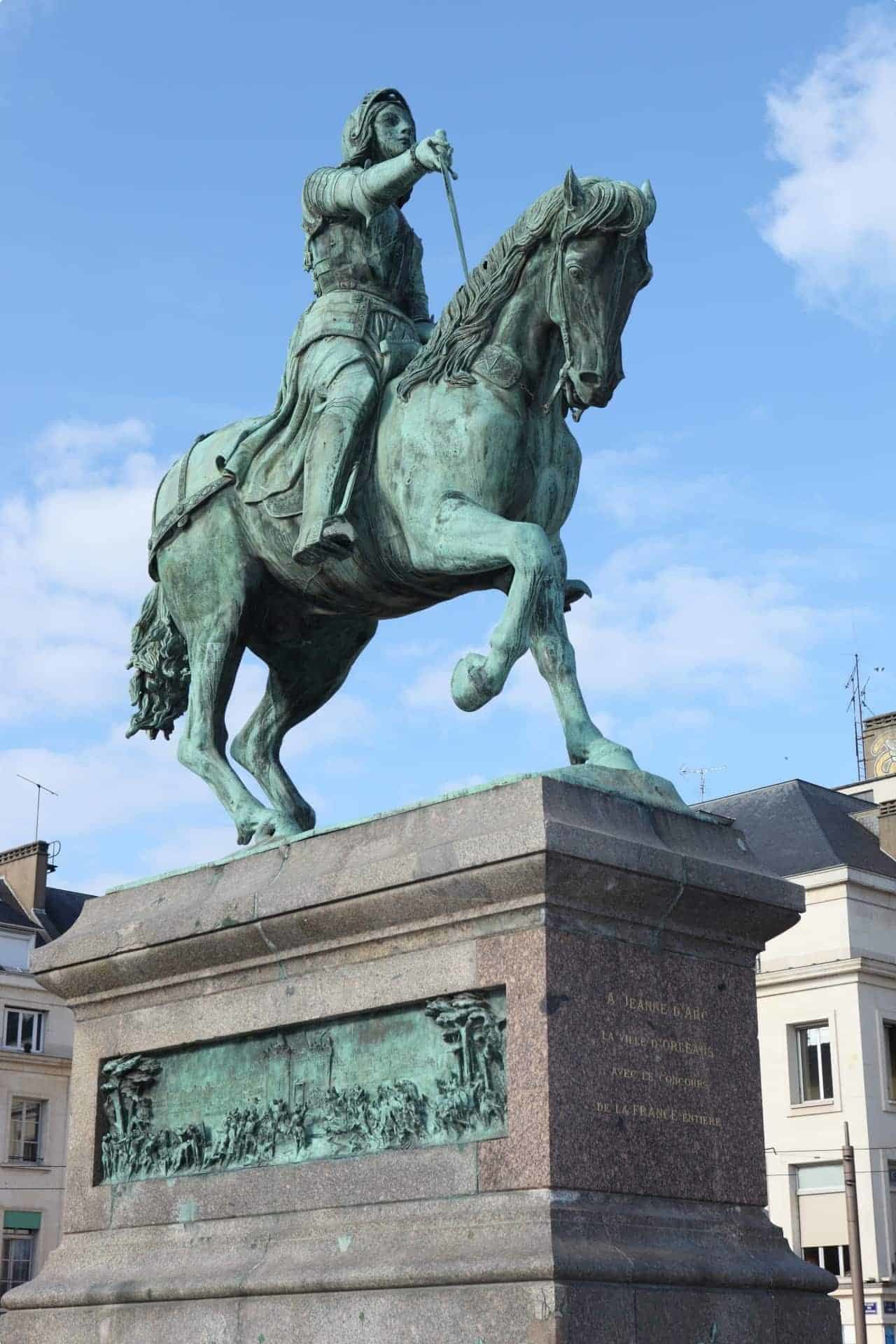
French History - The Hundred Years War (La Guerre de Cent Ans) 1337 – 1453
The Hundred Years War was, in fact, a series of separate wars – punctuated by several periods of peace – over almost 116 years. It was a prolonged struggle between England and France for the French throne, which had become vacant when the last of the direct French kings of the Capetian line, died out. The causes of the wars are many and various but stem from the claims of the Valois Line of France and those of the Plantagenets of England (the 12th-century rulers of the kingdom of England who had their roots and sometime held various territories in today's French regions of Anjou, Aquitaine and Normandy).
English forces twice came close to gaining complete and lasting control of France: once under Edward III (victories at Crécy, 1346 and Poitiers, 1356) and again under Henry V (victory at Agincourt, 1415). A number of historical quirks as well as an underlying lack of long-term English resources meant that these gains were not consolidated, however, and by 1453 the only remaining English possession in France was Calais, finally lost in 1558.
Soldiers from almost all parts of what we consider France today fought on both sides, with Aquitaine (as a long-standing possession) and Burgundy (out of political intrigue) in particular providing notable support to the Plantagenet side at various times. One of the names most famously associated with the Hundred Year War is Joan of Arc. The woman who inspired the French to drive the English forces out of France.
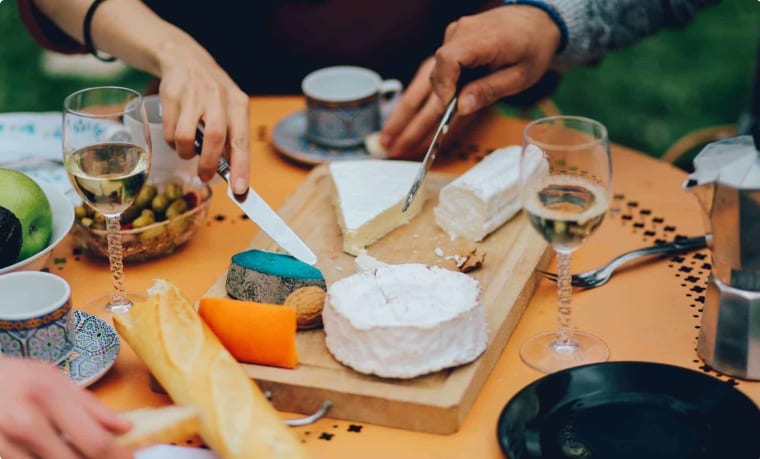
Tips for travel in France
Handshaking and, more familiarly, kissing both cheeks, are the usual form of greeting. The form of personal address is simply Monsieur or Madame without a surname and it may take time to get on first-name terms. Visitors should take care to respect the French sense of national identity.
French customs - eating and drinking
Breakfasts in France are simple, French-style, continental buffets – usually with coffee and bread/rolls/croissants with jam, often supplemented with tinned or fresh fruit, yoghurt and sometimes cereals. Dinner or lunch is provided on this program. These meals may be either at our hotel or in local restaurants. Lunches and dinners, when included, are two- three courses (with wine) and we have tried to arrange a selection of meals to give you a flavour of what the locals would eat in each region. This may mean a conventional meal with regional dishes at your hotel, dinner or lunch with local specialties in a village restaurant or particular venue, or typically-French dishes in a local brasserie as appropriate at each stay.
Wines served tend to be the local Appellation d'origine contrôllée (AOC) wines of the regions. Red or rosé is the standard. The French do not often drink white wines with meals, but white wine is made available if appropriate to the main course. Sometimes there is a choice of wine. On occasions there will be a different wine to complement different courses.
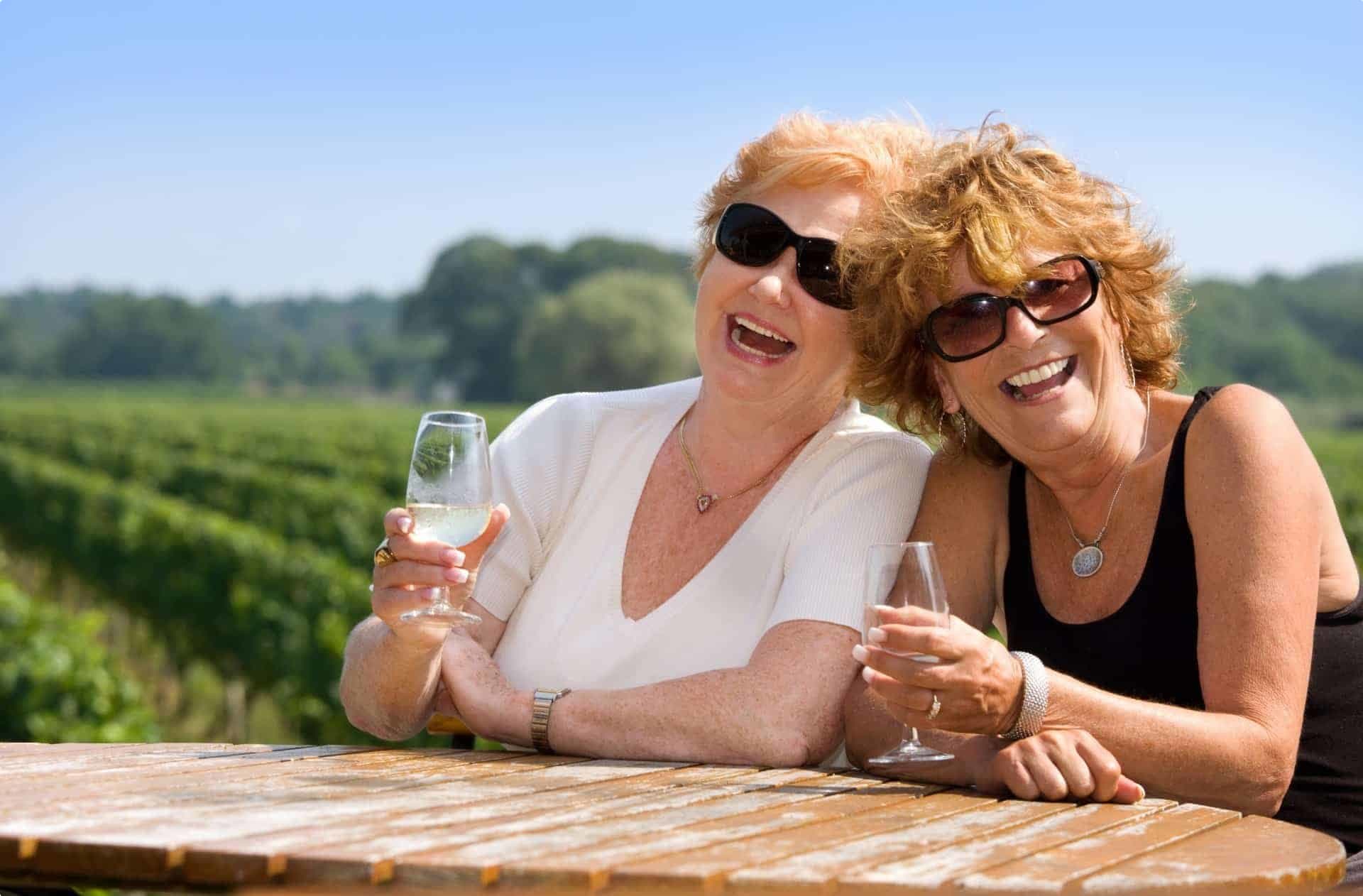
Food is sometimes simple – the sort of hearty food eaten in the countryside – and sometimes more elaborate. We try to show you a range of what the locals may eat. It is said that the best French food is made with whatever is to hand and whatever is plentiful!
You will certainly find some major differences from meals in Australia or New Zealand. Cereals are regarded as being only for children; less fresh fruit is eaten; and salads, as we know them, are not as commonly served – a request for salad will usually bring a simple dish of lettuce. Meat is cooked differently – often rare and often with sauces. The order of a ‘medium’ steak will produce meat which appears quite dry/overcooked to our palate. It is worth trying to taste things as the French would eat them – you never know, you may enjoy it!!!
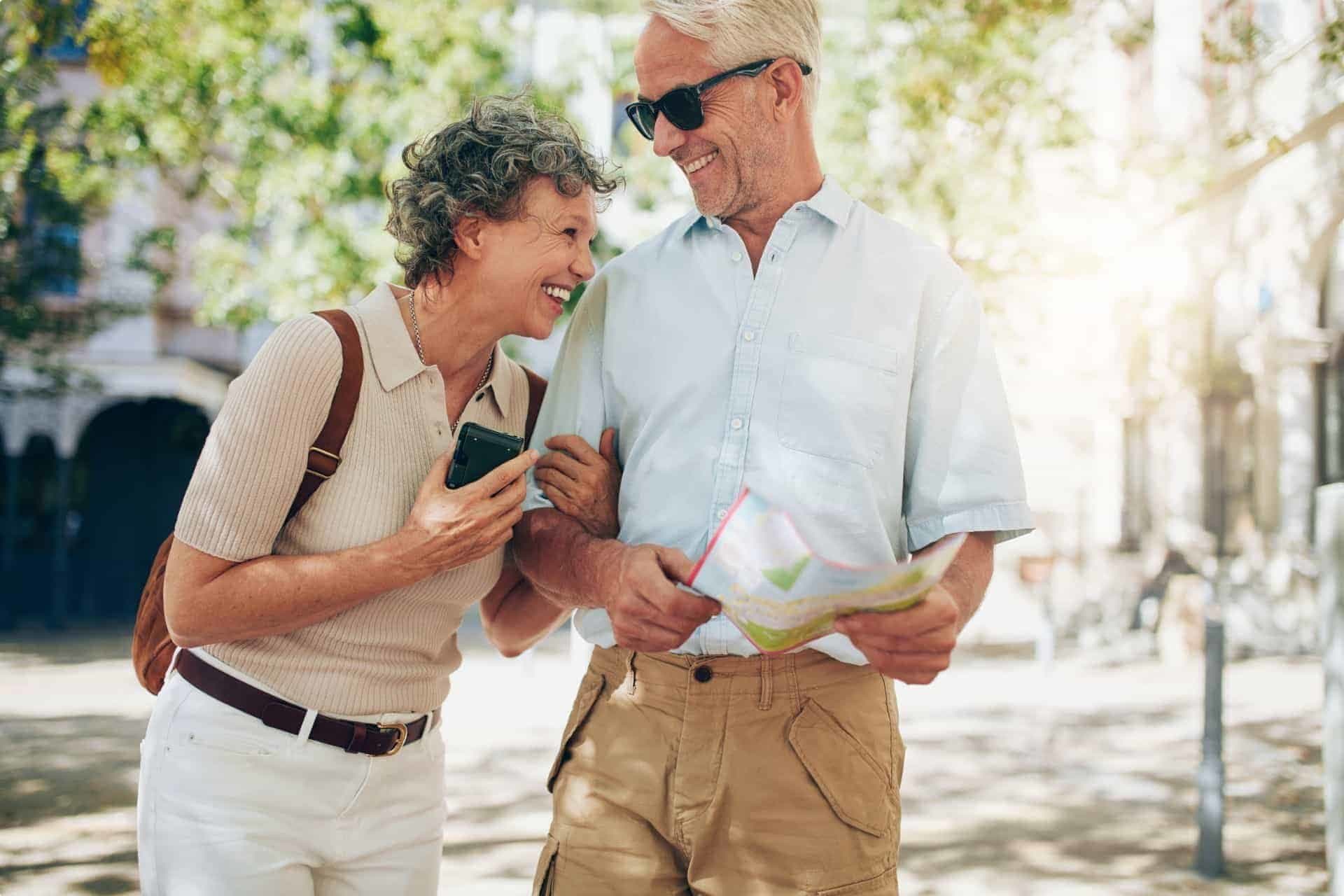
Some Final Tips for tours to France
English is widely spoken in the main cities and towns in France, especially in areas where foreign tourism is encouraged. However, the degree of penetration of English is often exaggerated. We do visit some areas where English is not widely spoken. So that brushing up on any rusty French you may have will be an advantage. In any case, it is great fun trying it out on the locals to see what response you get, even if it is just a quizzical stare. A small dictionary, available in most bookstores would be useful. If your French is non-existent, don’t worry. You will be well looked after and your experienced guide will always be on hand to act as interpreter.
France Tour Packages
Odyssey Traveller Australia's all inclusive French vacation packages provide unique experiences for senior travellers. Our La Belle France small group escorted history tours for seniors is perfect for singles and couples seeking a trip to France that takes you off the beaten track. Learn about the country's history from an experienced guide. Book your France tour with the specialists in educational travel. If you’re keen to experience our guided tours of France, please call or send an email. So if you are seeking small group tours, France would be a great place to experience on a Odyssey Traveller guided tour for seniors. We'd love to hear from you! For all Odyssey's French travel packages click here.
About Odyssey Traveller
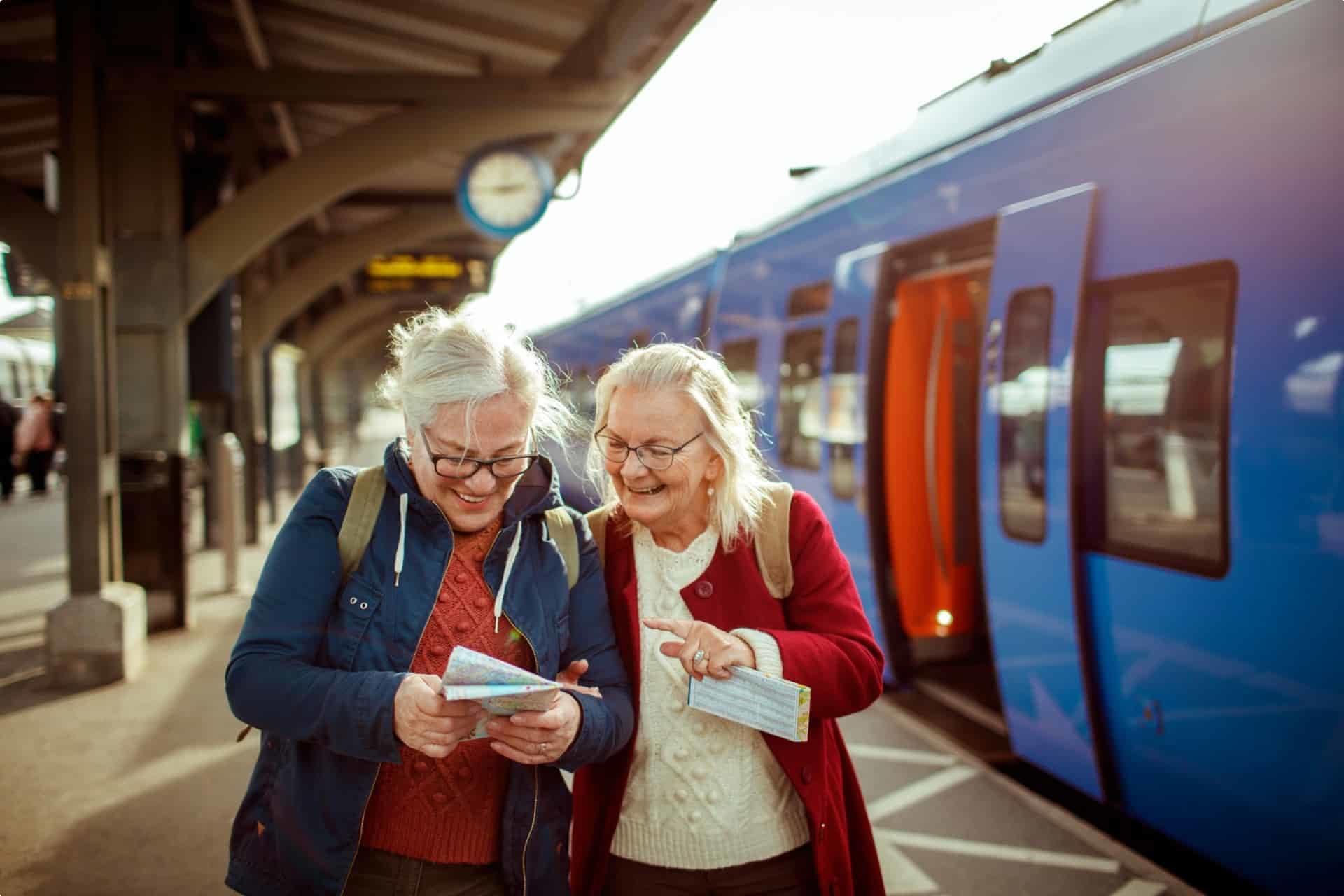
We specialise in educational small group tours for seniors, typically groups between six to 12 people from Australia, New Zealand, USA, Canada and Britain. Our maximum number of people on a tour is 18 mature aged travellers. Typically, our clients begin travelling with us from their mid 50’s onward. But be prepared to meet fellow travellers in their 80s and beyond! Both couples and solo travellers are very welcome on our tours. We have some 150 tours and offer 300 scheduled departures on offer each year. Odyssey has been offering this style of adventure and educational programs since 1983.
Odyssey Traveller is committed to charitable activities that support the environment and cultural development of Australian and New Zealand communities.
Odyssey Traveller scholarship for Australia & New Zealand University students.
We are also pleased to announce that since 2012, Odyssey has been awarding $10,000 Equity & Merit Cash Scholarships each year. We award scholarships on the basis of academic performance and demonstrated financial need. We award at least one scholarship per year. We’re supported through our educational travel programs, and your participation helps Odyssey achieve its goals. Students can apply for the scholarship by clicking on this link to find out more details.
Join our loyalty program when you join an international small group tour.
Every International small group tour taken typically contributes to your membership level in our Loyalty Program for regular travellers. Membership of the alumni starts when you choose to take your first international small group tour with Odyssey Traveller, discounts in tour pricing for direct bookings accrue from your third tour with Odyssey Traveller. To see the discounts and benefits of being a Bronze, Silver, Gold, and Diamond alumni member with us, please see this page.
For more information on Odyssey Traveller and our educational small group tours, visit and explore our website, and remember to visit these pages in particular:
- Terms and conditions applicable for booking an Odyssey Traveller tour.
- FAQ's about Odyssey Traveller
Alternatively, please call or send an email.
